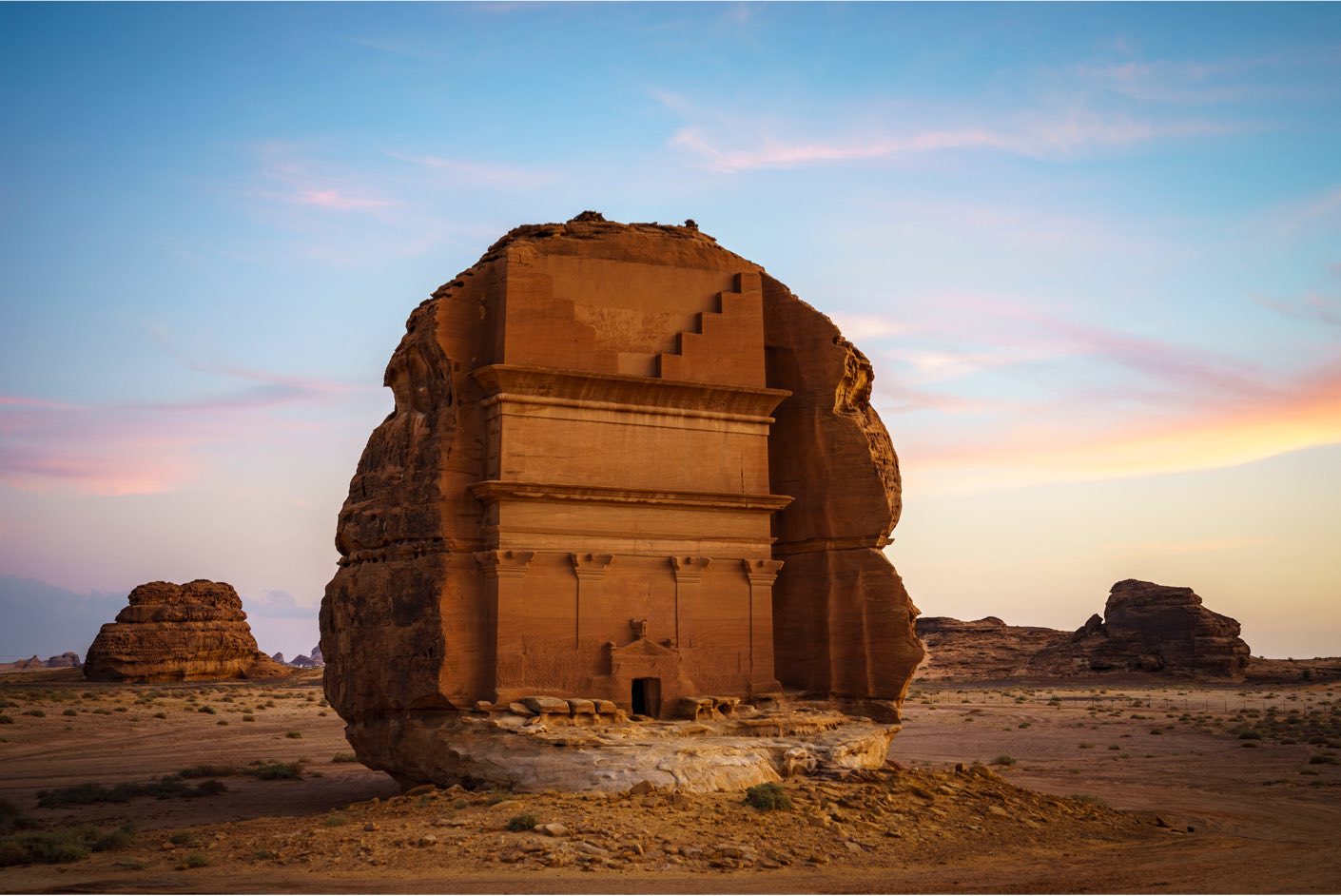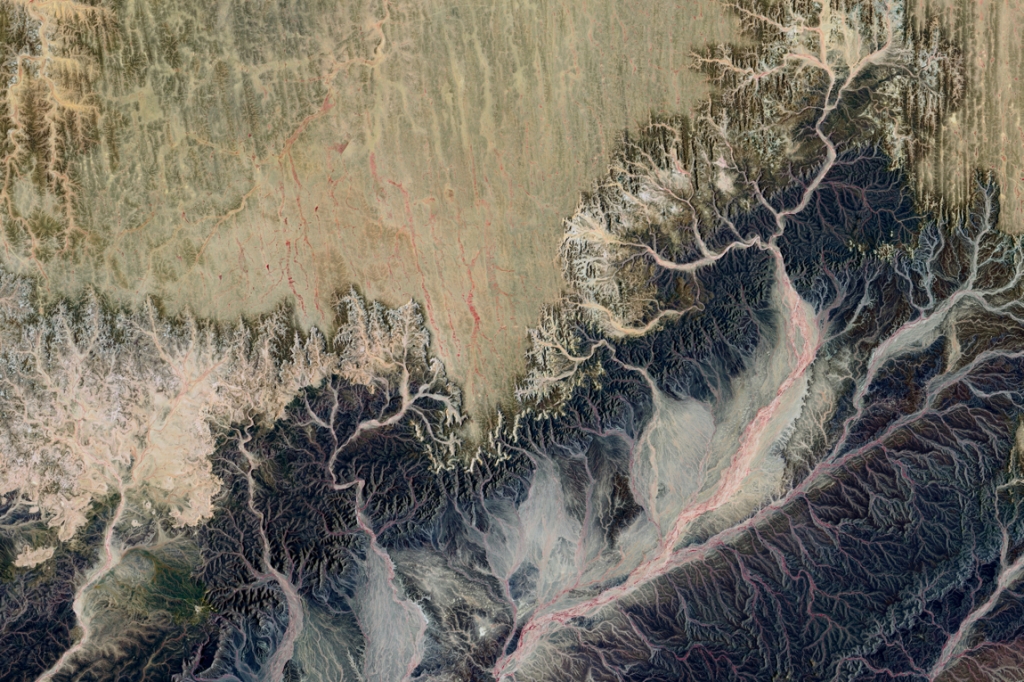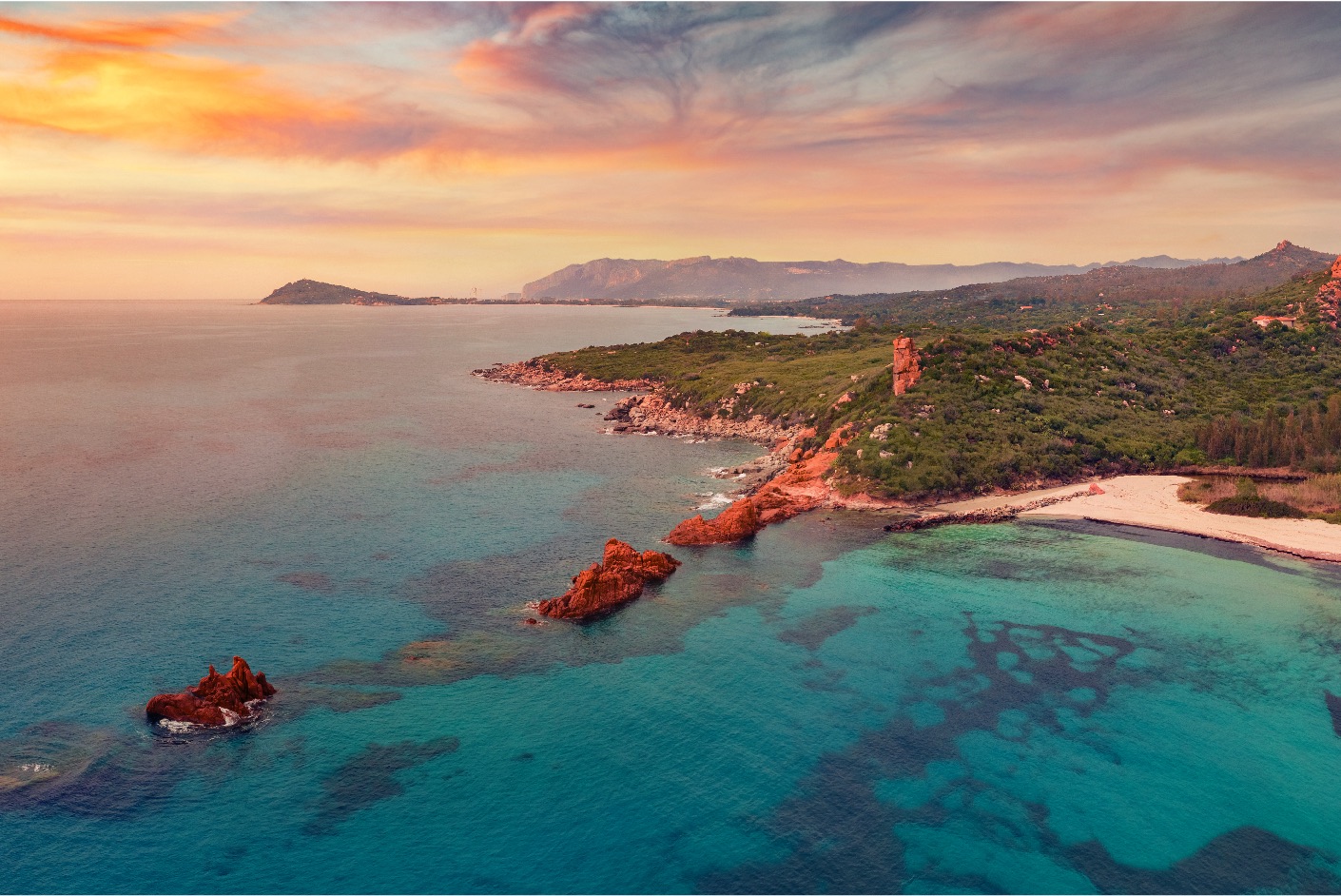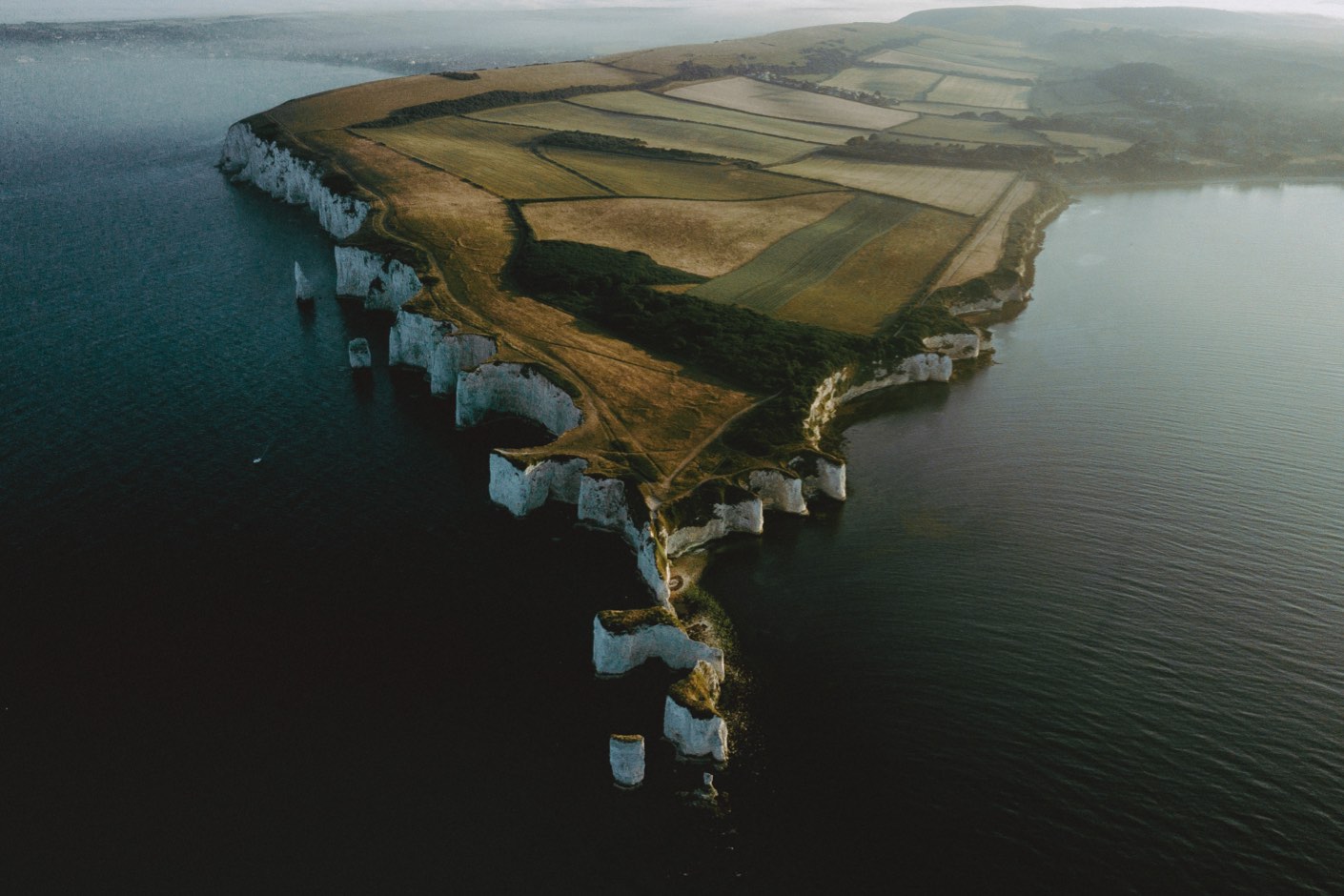-
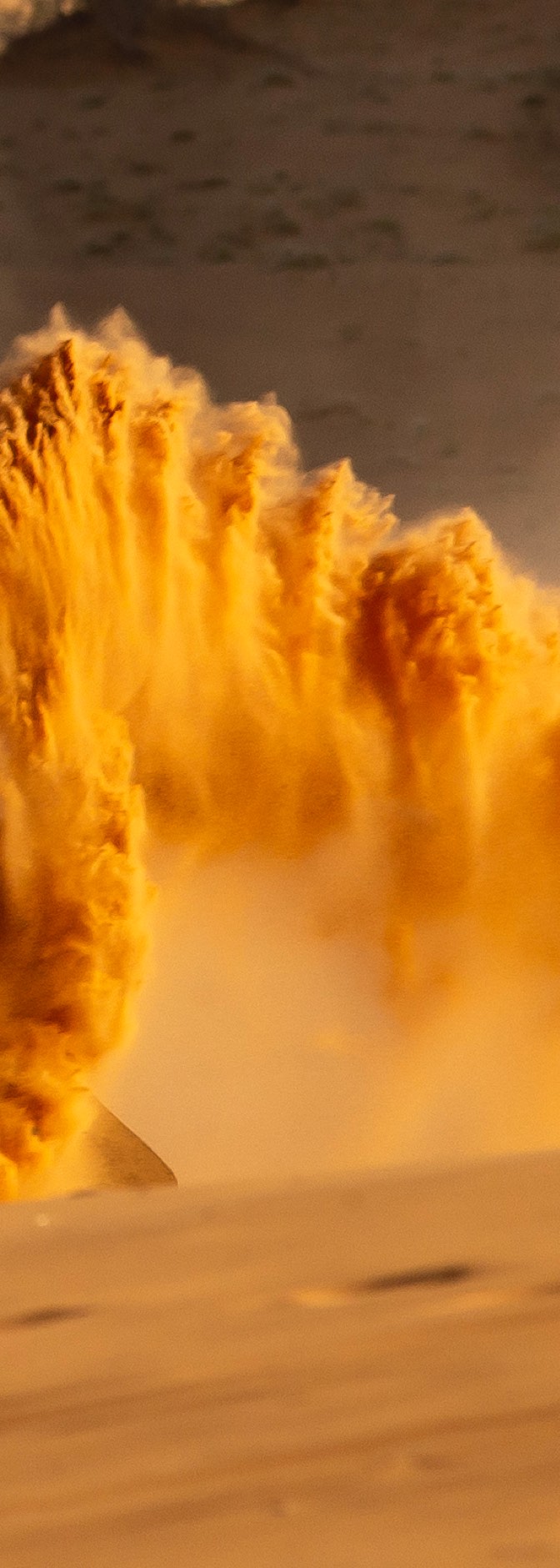 alula, saudi arabia
alula, saudi arabia
SEASON 1SWIPE TO DISCOVER
MORE -
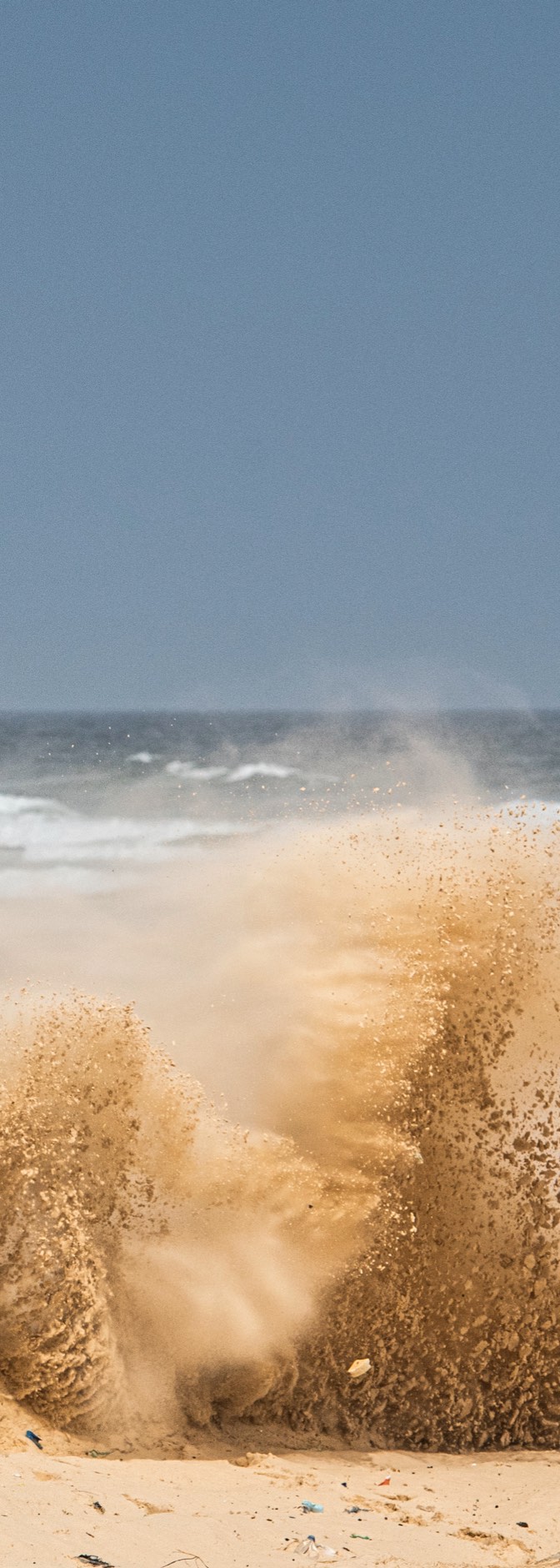 Dakar, Senegal
Dakar, Senegal
SEASON 1SWIPE TO DISCOVER
MORE -
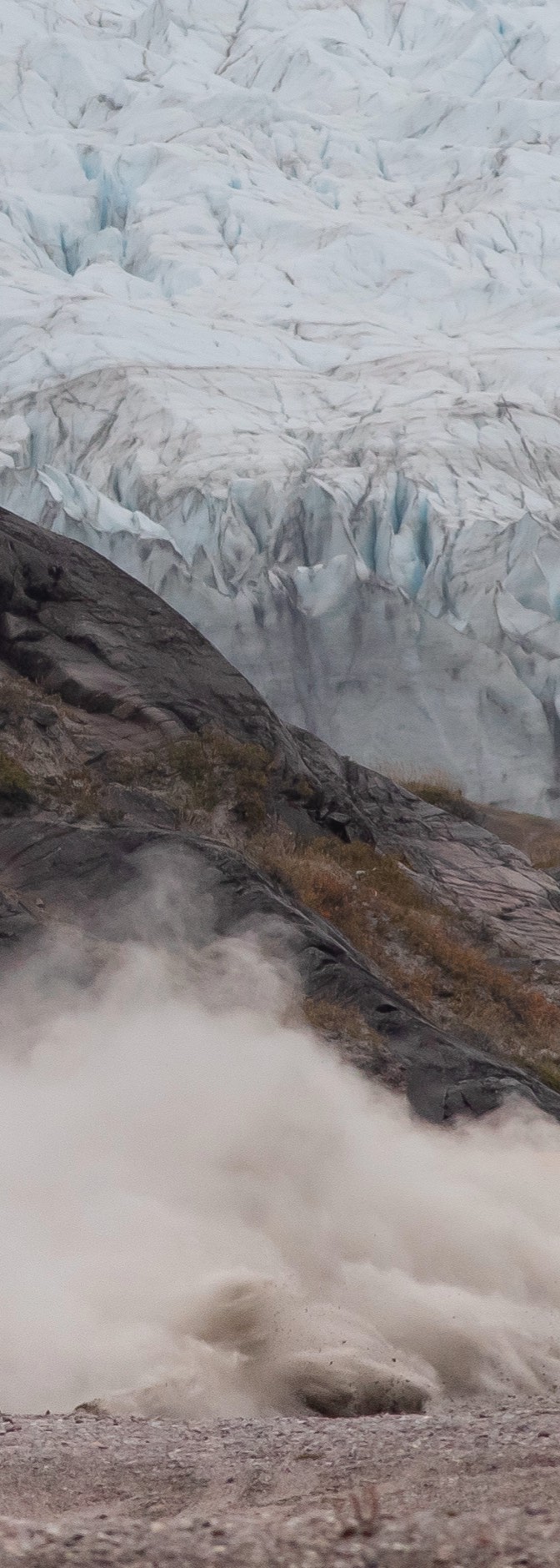 Kangerlussuaq, Greenland
Kangerlussuaq, Greenland
SEASON 1SWIPE TO DISCOVER
MORE -
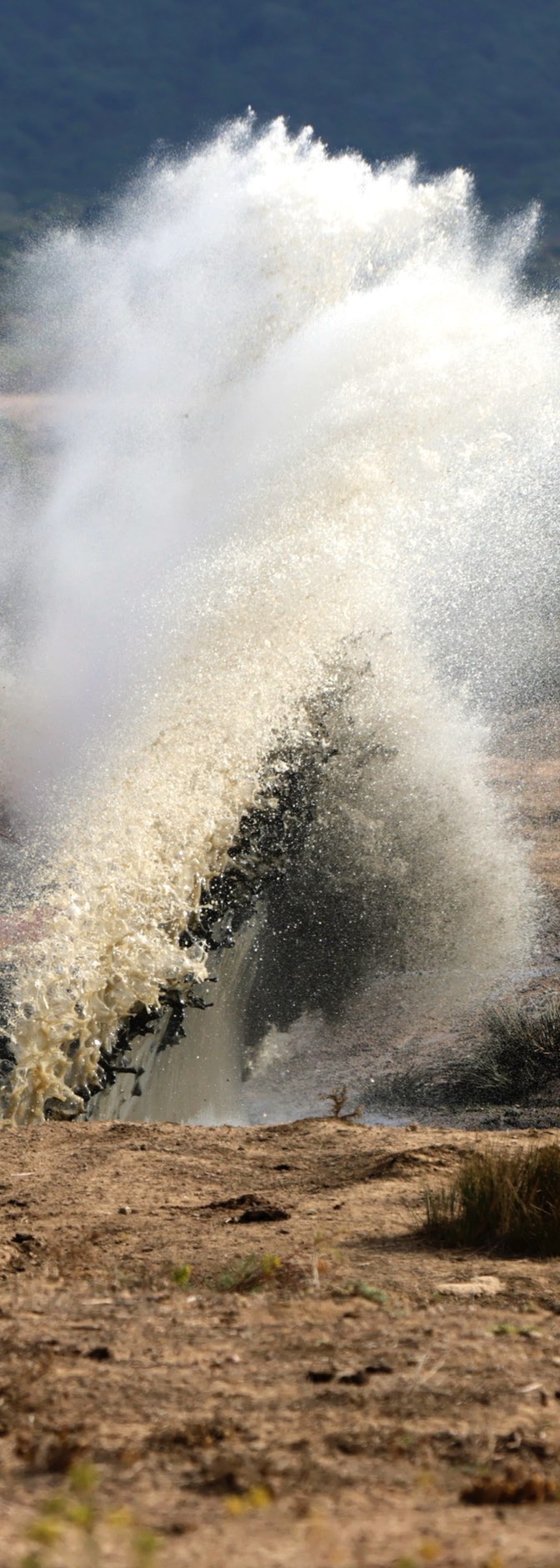 Sardinia, Italy
Sardinia, Italy
SEASON 1SWIPE TO DISCOVER
MORE -
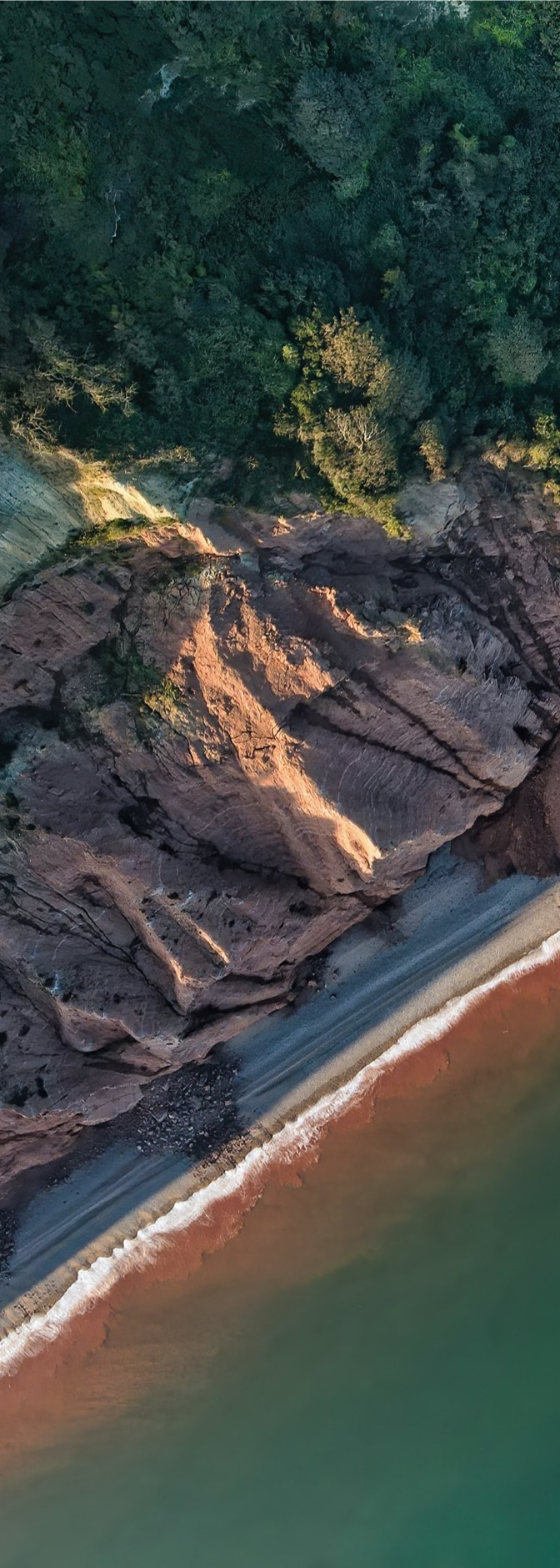 Dorset, UK
Dorset, UK
SEASON 1SWIPE TO DISCOVER
MORE
DESERT X PRIX
X PRIX results
CHAMPIONSHIP STANDINGS
| POSITION / TEAM | DRIVERS / NATIONALITY | POINTS | ||
| {{result.position}} |
|
|
|
{{result.points}} |
-
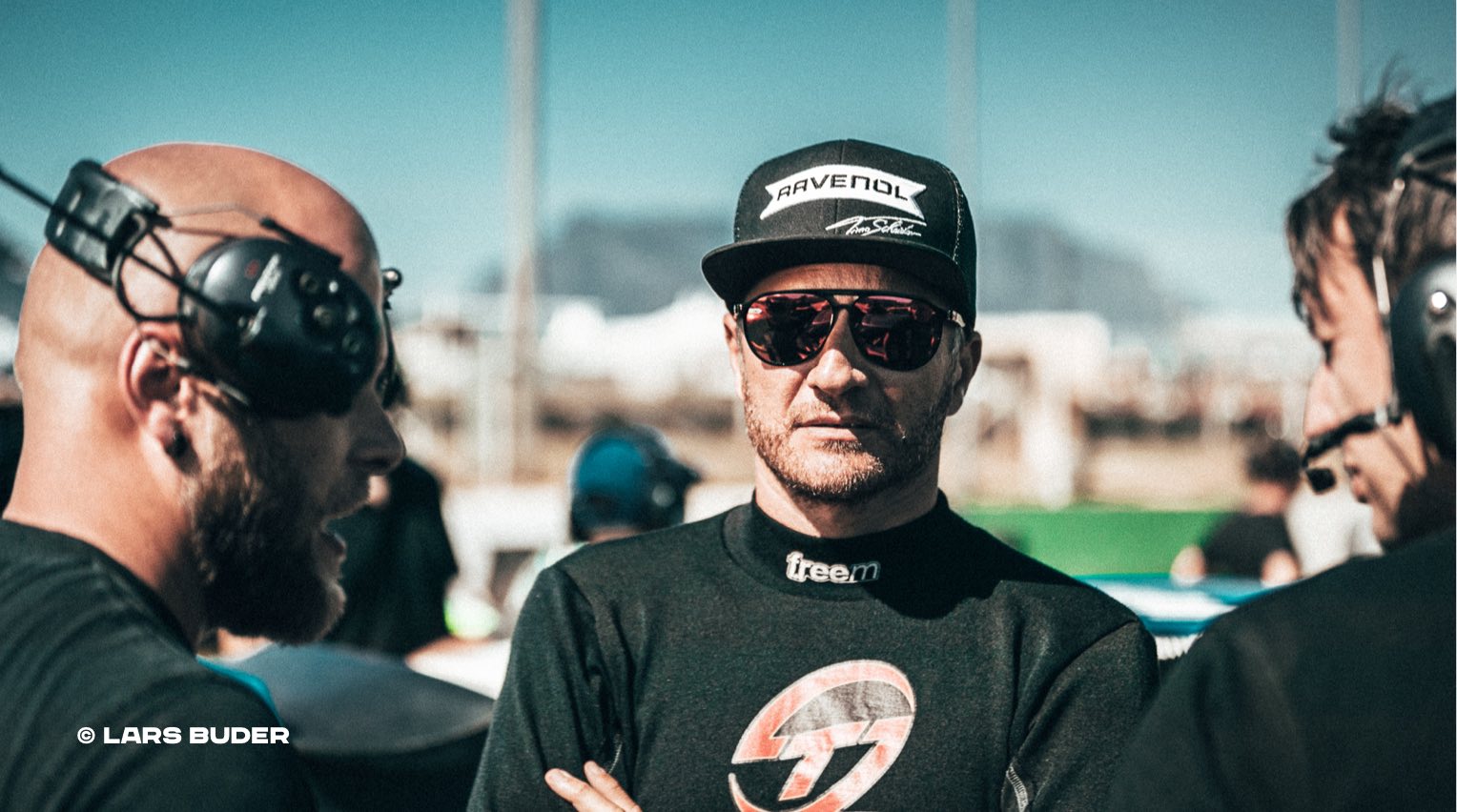 field notes
field notesfind out what timo had to say about the desert x prix
Prior to the Desert X Prix in April 2021, the series spoke to its Championship Driver and Course Advisor, Timo Schneider, who provided a rundown of what drivers and teams would expect when they took on the challenge of the desert.
-
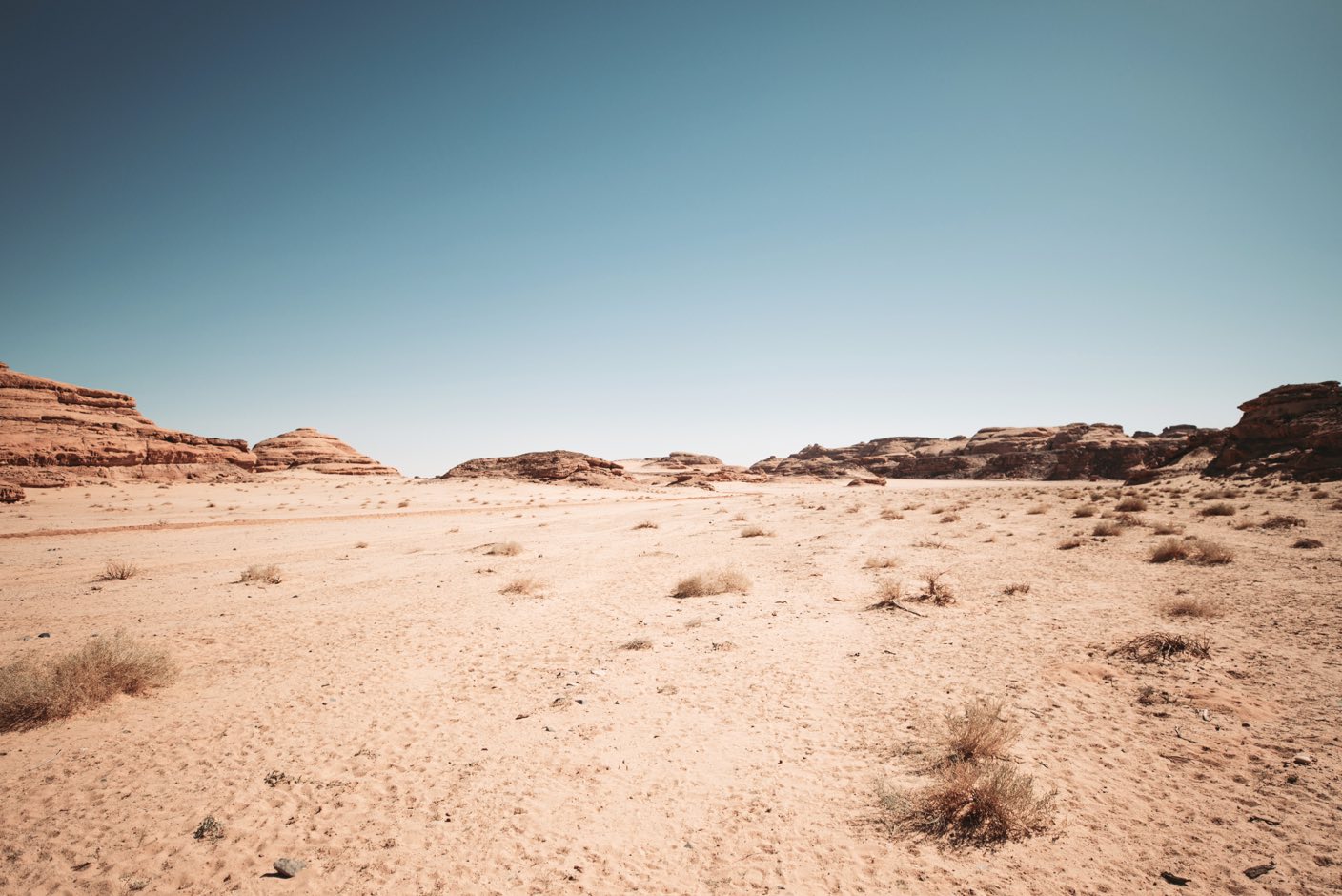
racing conditions
Timo Schneider said, “In terms of surface, there are various types of sand conditions out there. There is soft sand with rocks in between, dunes scaling up and down hill, which all differ in thickness of the sand. Outside temperature will also affect the ground surface.
“Driver ’and teams will have to be sensible when analysing both the terrain and weather conditions and may have to adapt their style depending on the surface temperature, which could see grip availability begin to fluctuate through the corners.
-
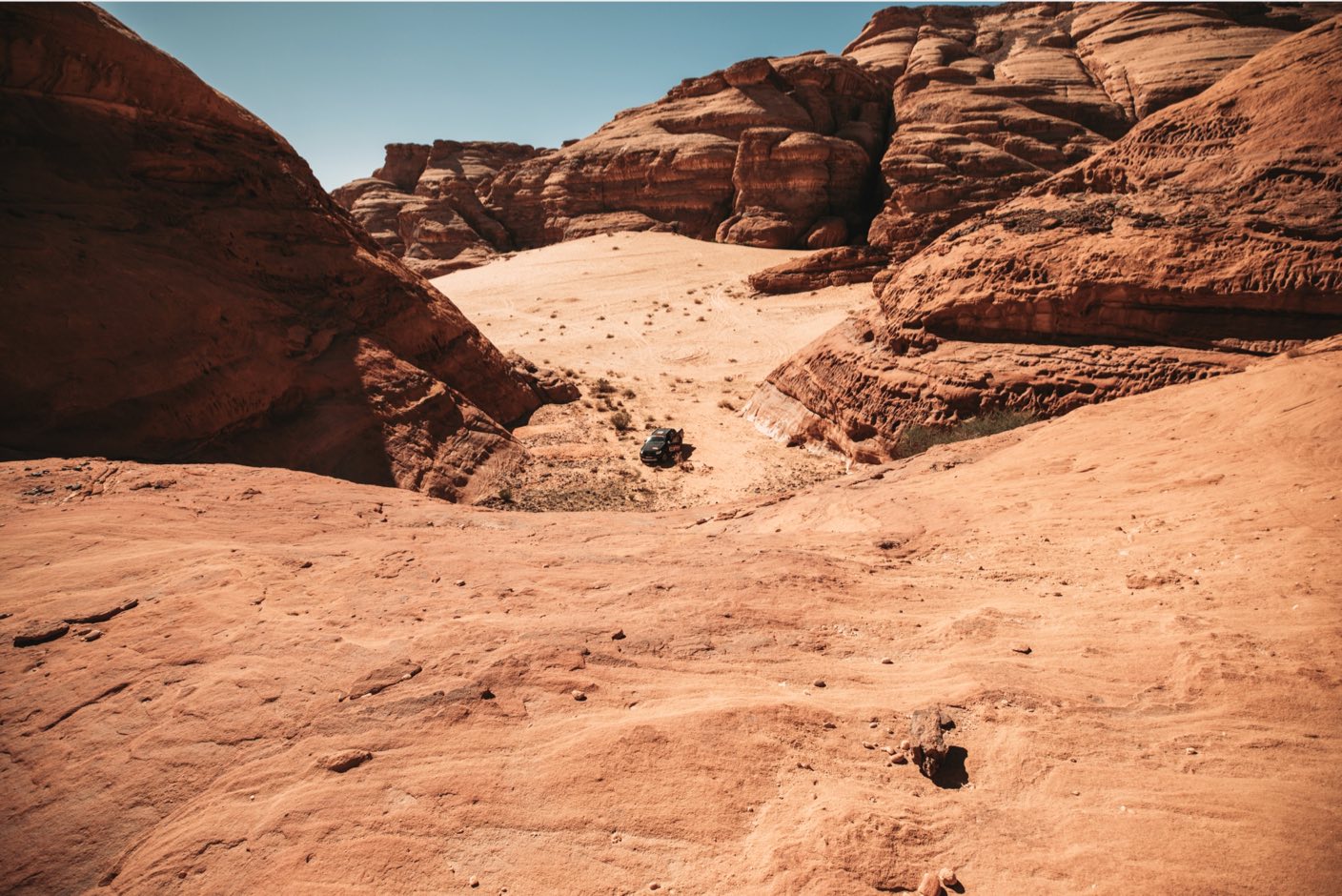
obstacles
‘Other than the obvious, we have various natural obstacles, like dune grass, and bushes. There are also deeps and blind crests, stuff you have to be very aware of. These are for sure, guiding you through different areas, meaning sometimes you are on the right line and sometimes on the wrong line. You have to be very ensible and analyse the track layout because once you’re out there, you don’t have too much track view to determine exactly where to go. Drivers will need to make sure that they have as much information as possible to understand where what is the quickest way.
“Overtaking may also be trickier than it seems. As well as having knowledge of their racing line, drivers need to know what is beside their line, to determine whether to overtake on the right or left side of the car in front. One wrong move and they may be faced with a tricky obstacle to navigate."
Timo was certainly accurate in his assimilation. The terrain in AlUla was stunning and unforgiving, while the heat and conditions were intense.
There is no question that the winning combination of Rosberg X Racing’s drivers and machine was a deserving one…
-
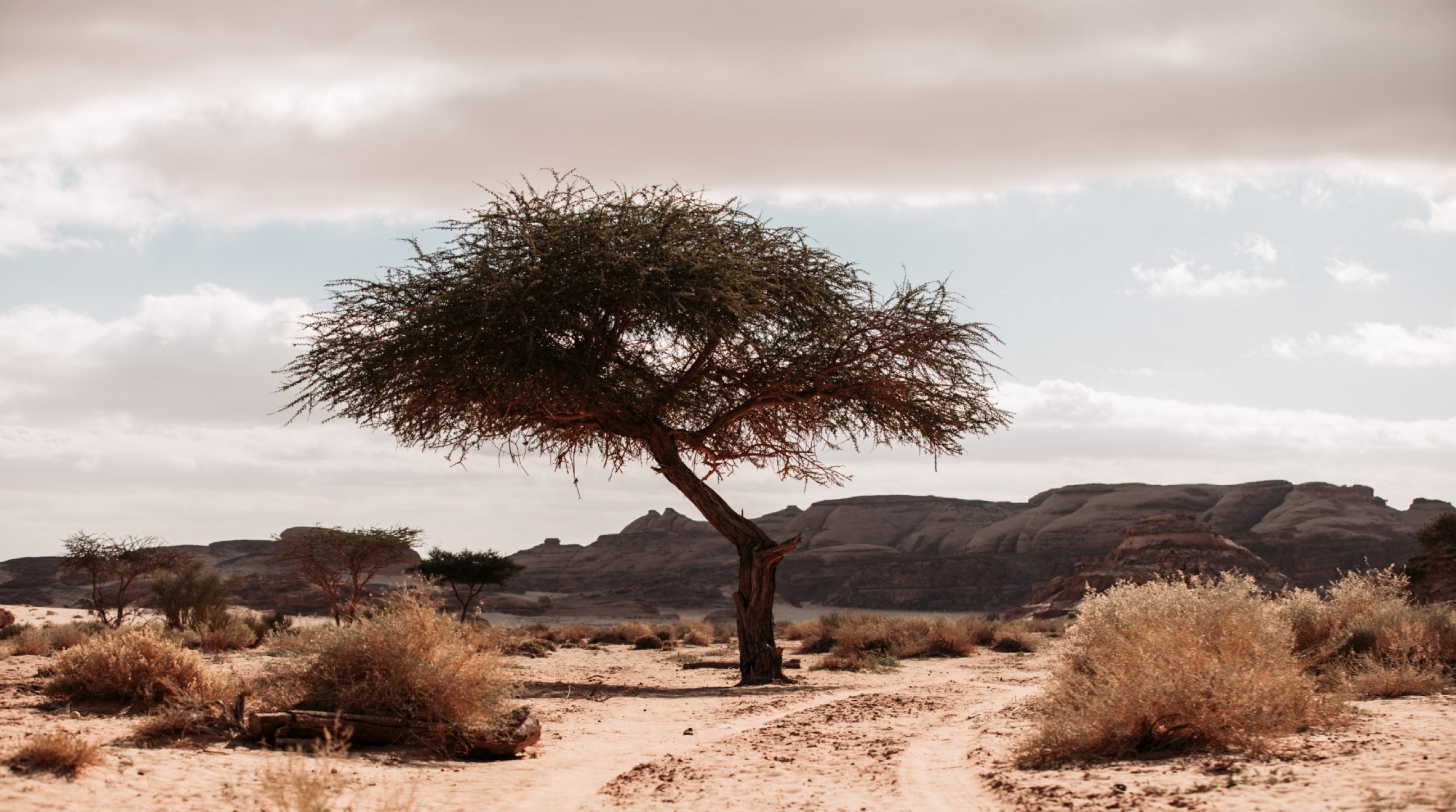
local environment
Extreme E selected AlUla to highlight the importance of deserts as biologically important ecosystems while the misuse of natural resources is the main cause of desertification and loss of biological diversity. Historically AlUla has been home to a vast array of plants and animals. Efforts by the Royal commission of AlUla are now focused on the conservation of native flora and fauna.
population 5,426
plant species 228
mammal species 23
reptile species 31
bird species 30
Fish Species 280
-
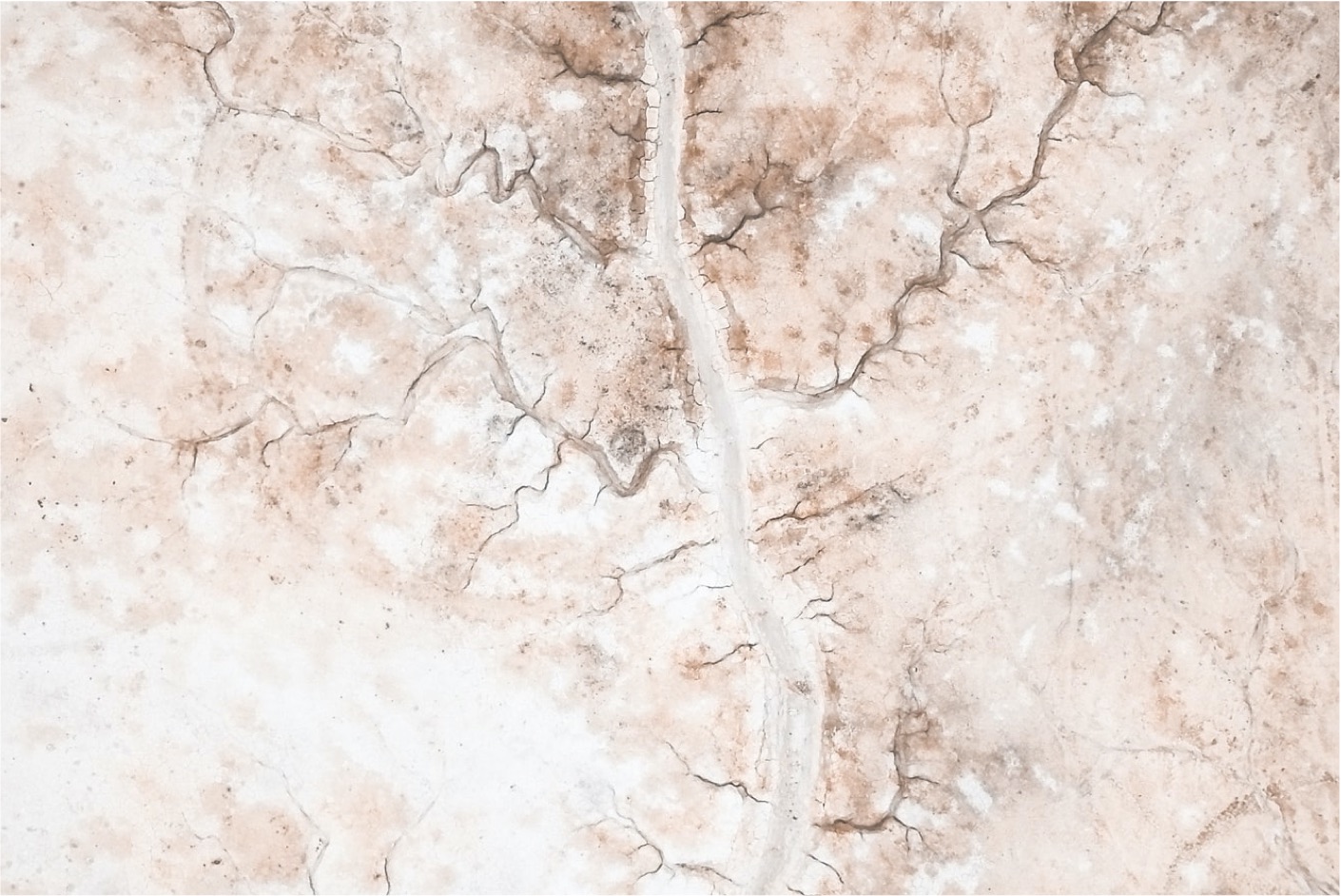
The Problem
Deserts are regions in which more water evaporates from the ground than is replaced by precipitation. They’re characterised by extremely harsh conditions, scarce water and barren landscapes. Far from being wastelands, deserts are biologically rich ecosystems, with a vast array of plants and animals adapted to their harsh conditions.
The impacts of climate change, such as increasing temperatures and more frequent and longer periods of drought alongside human actions such as deforestation, overgrazing, unsustainable water use and agricultural practices can all contribute to the degradation of environments and productivity. This is desertification. Around 12 million hectares of productive land become barren every year as a result of desertification and drought alone. Over the next few decades, the average water availability in some dry regions is projected to decrease by 10-30%, leading to 2.4 billion people worldwide subject to periods of intense water scarcity – displacing as many as 700 million people.
-
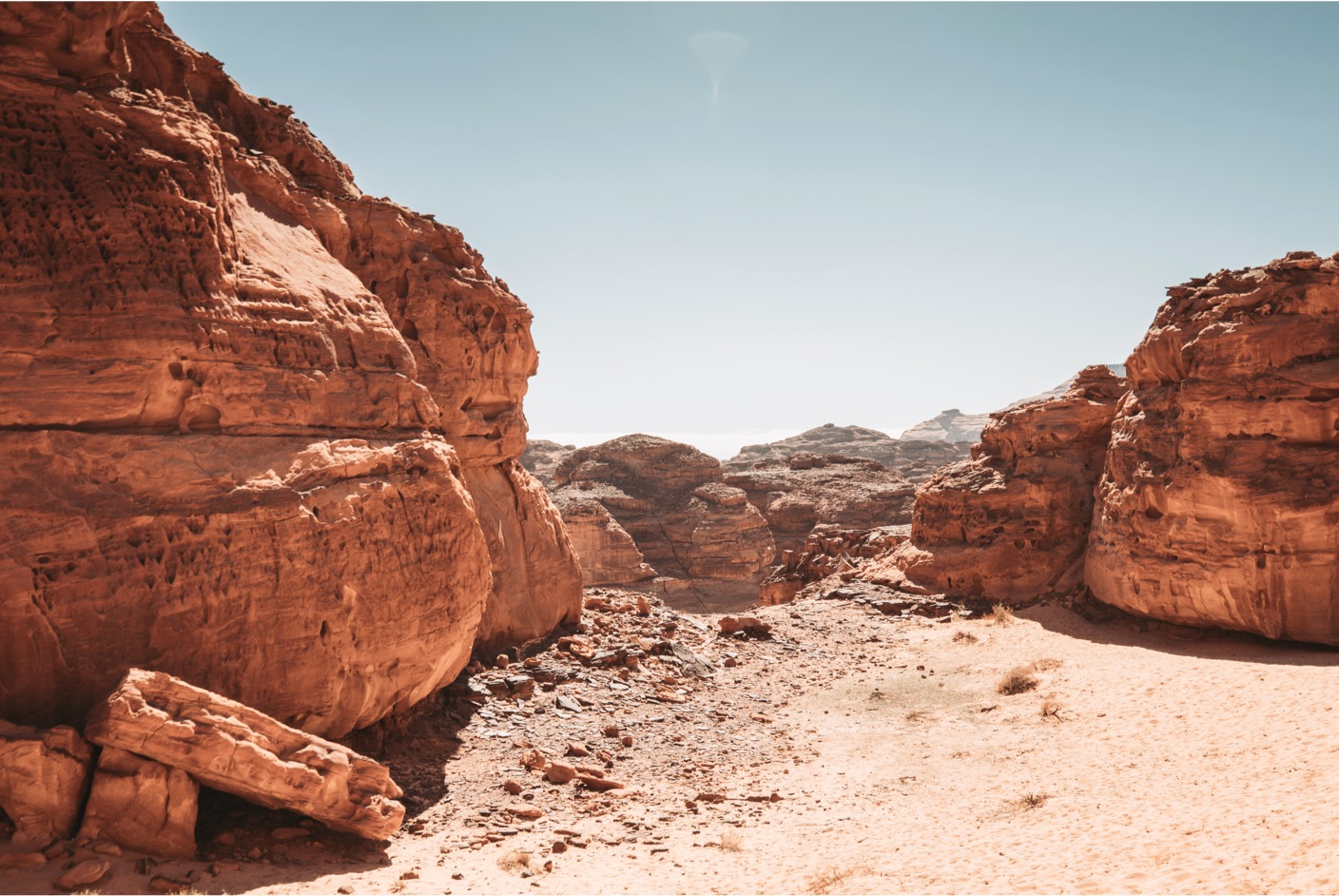
Extreme e legacy
Extreme E has collaborated with the Ba’a Foundation, an organisation that focuses on preserving endangered species, natural habitats and historical sites to support turtle conservation along the Red Sea coastline.
Extreme E is supporting the protection of the endangered green turtle and the critically endangered hawksbill turtle, which are under threat for a variety of reasons including:
- Entanglement in fishing gear
- Illegal trade of eggs, which are considered a delicacy in some countries,
and turtle shells - Coastal development including building on nesting beaches
- Plastic debris
-
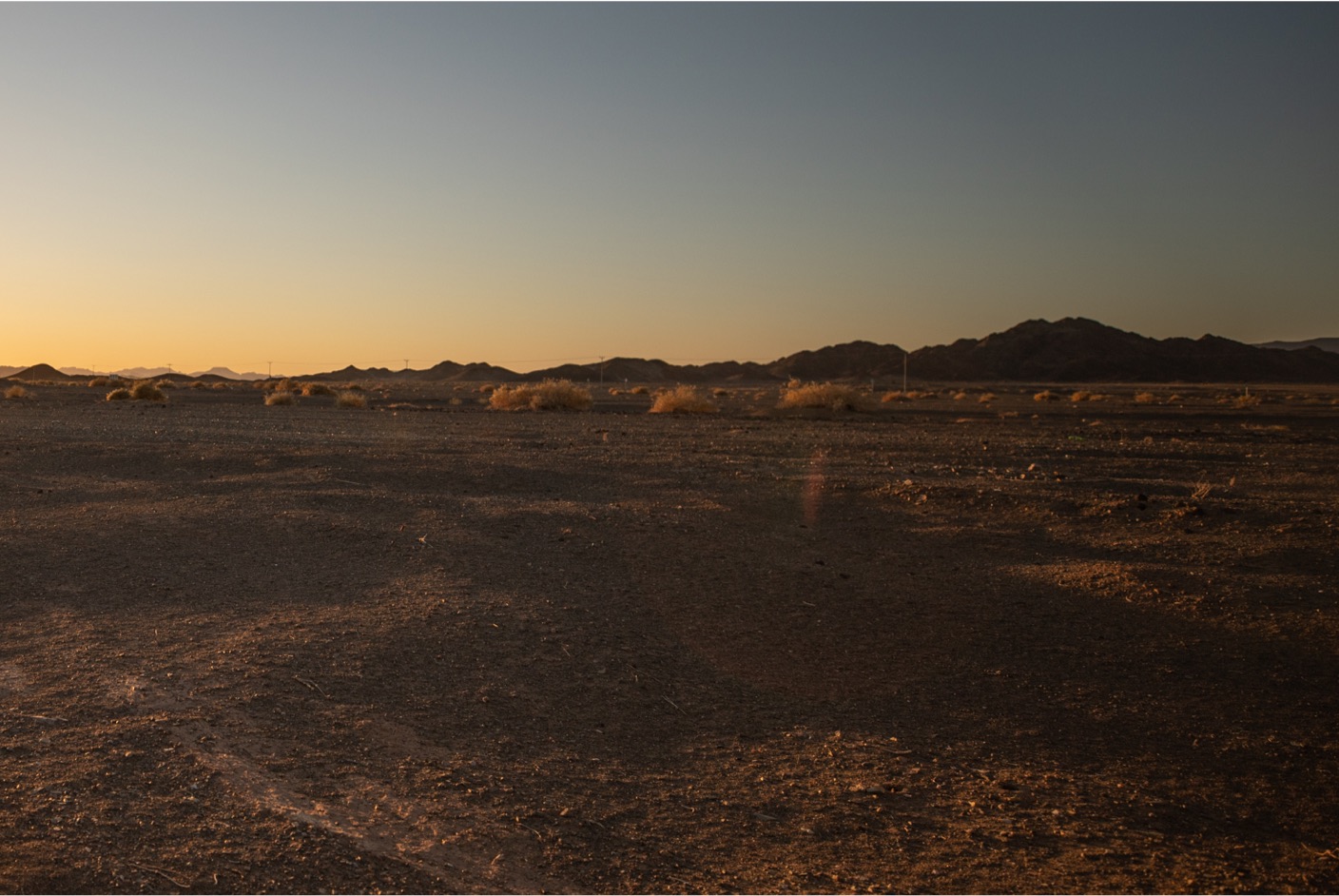
Extreme E aims to raise awareness of the environmental consequences of desertification and will work with local and international experts in the field on projects serving to preserve and restore ecosystems affected by the impact of desertification and climate change.
Climate change is causing rising sand temperatures, creating a gender ratio skew as turtle gender is determined by the temperature – the higher the temperature, the more likely the turtle is to be female – as well as rising sea levels which can erode nesting beaches and flood nesting sites.
One of the nesting places the project focuses on is Ras Baridi, located 50 kilometres north of Yanbu city in Saudi Arabia, and a location where turtles are born and return 30 years later to reproduce. Unfortunately, due to the damage to the beach – created by transportation and cement dust from the nearby factory which solidifies the sand – the turtle returns to find 15-20 metres of the beach is flooded relative to its birth, so they have to reach higher ground.
-
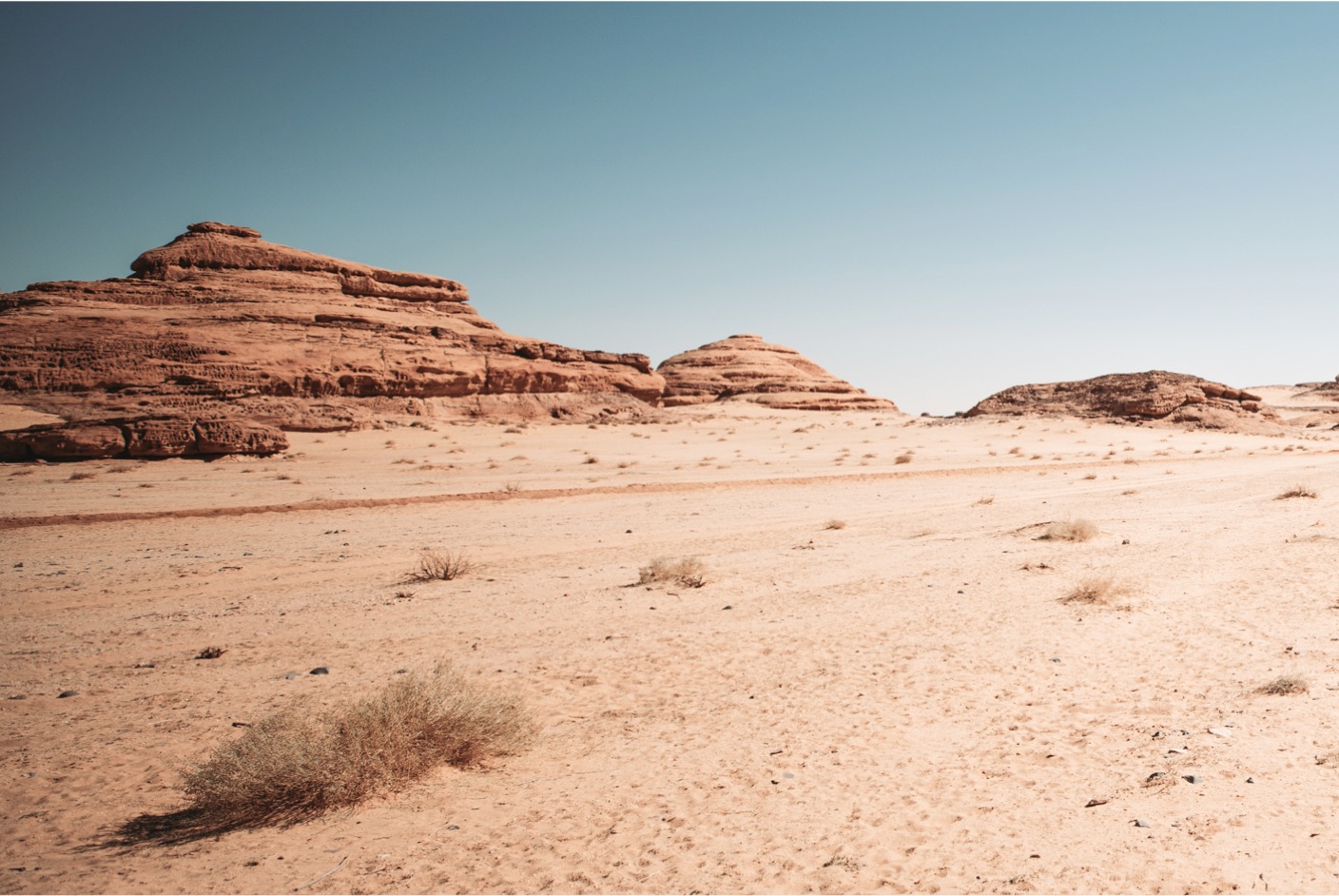
Researchers at KAUST University have been monitoring turtle activity and behaviour for many years, by attaching a tracking device to their shells. Through this, it has noted a big issue due to erosion, which has created a cliff that turtles are falling off and sadly dying.
Extreme E is supporting the turtle conservation through beach fencing, beach management and monitoring, improvements such as raising the level of the beaches to a suitable height with imported sand for turtle-nesting and successful egg-hatching, as well as education.
OCEAN X PRIX
X PRIX results
CHAMPIONSHIP STANDINGS
| POSITION / TEAM | DRIVERS / NATIONALITY | POINTS | ||
| {{result.position}} |
|
|
|
{{result.points}} |
-
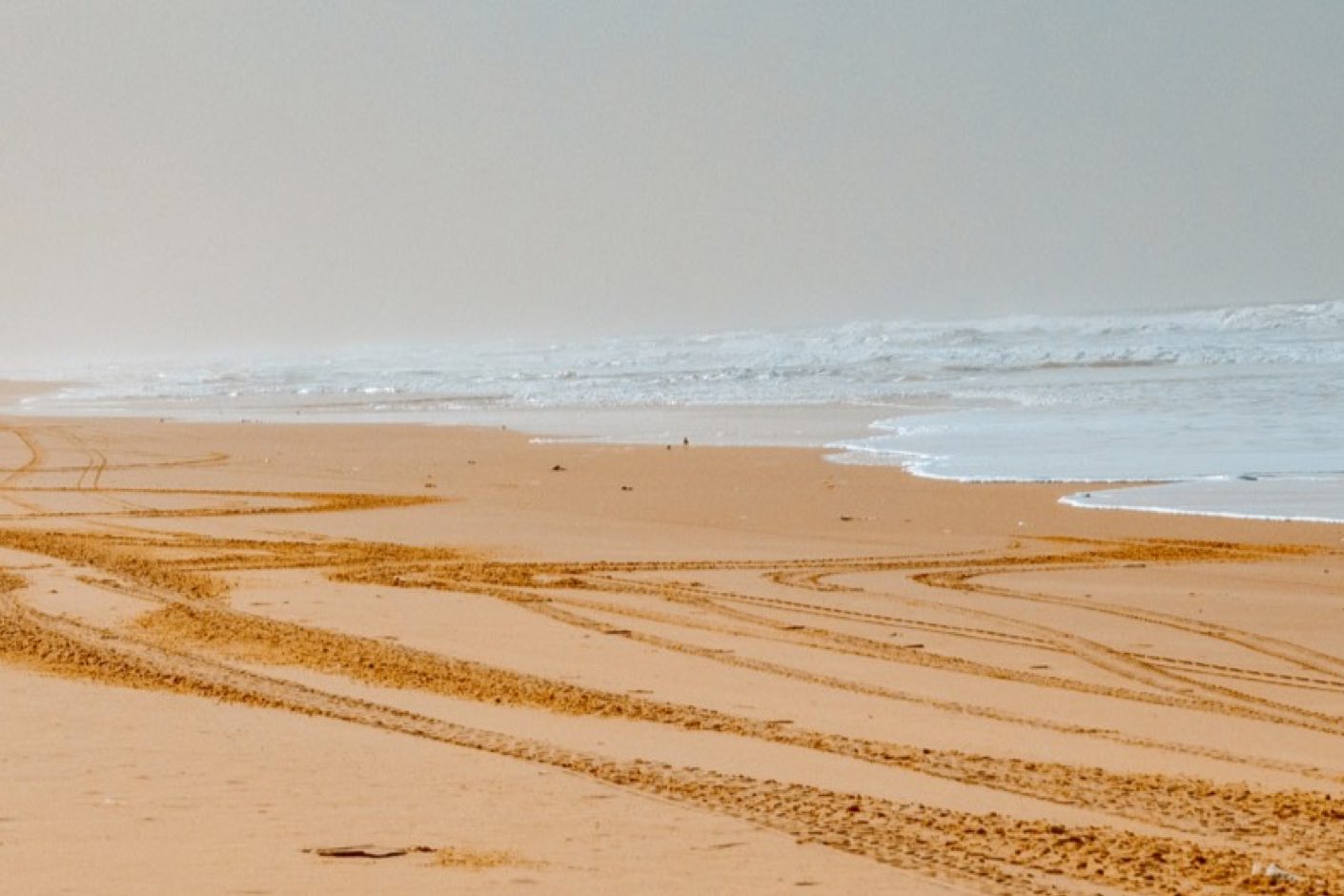
Extreme E visited Senegal, on the west coast of Africa, the historic home of the Dakar Rally, in May 2021. The race site at Lac Rose - also known as Lake Retba – is situated approximately 30 kilometers from the Senegalese capital, Dakar. Sand bars, salt beds, gravel, rocks, and undulations provided the drivers with real challenges, as they had to navigate the narrow off-road sand tracks between and around the striking Lac Rose, and the Atlantic Ocean beyond.
-
 field notes
field notesfind out what timo had to say about the OCEAN x prix
Prior to X Prix, Championship Driver and Course Advisor, Timo Schneider described the challenges that the Extreme E drivers and their ODYSSEY 21’s would have to navigate at Lac Rose: “For the Ocean X Prix, drivers will again face a mostly sandy terrain, though very different in nature to the deserts of Saudi Arabia.”
-
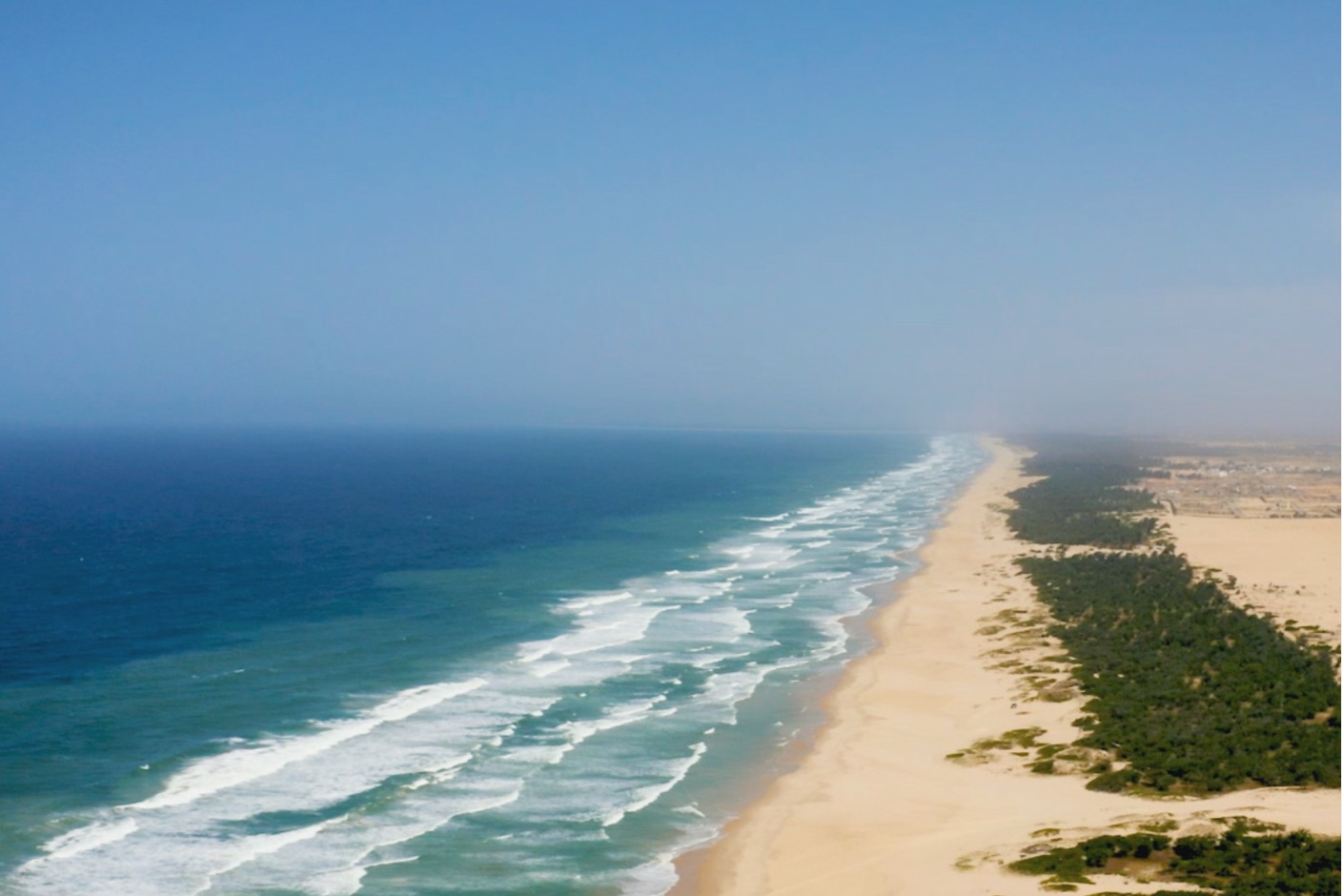
racing conditions
Lac Rose in Senegal on the west coast of Africa is Extreme E’s Ocean race location. The race site at Lac Rose - also known as lake Retba - is approximately 30 kilometers from the senegalese capital, Dakar. Sand bars, salt beds, gravel, rocks and undulations will provide the drivers with real challenges, as they navigate the narrow off-road sand tracks between and around the striking Lac Rose, and the Atlantic Ocean beyond.
The region was chosen not only for its interesting terrain but also for its serious environmental issues - rising sea levels and plastic pollution - which Extreme E aimed to highlight by racing there.
-
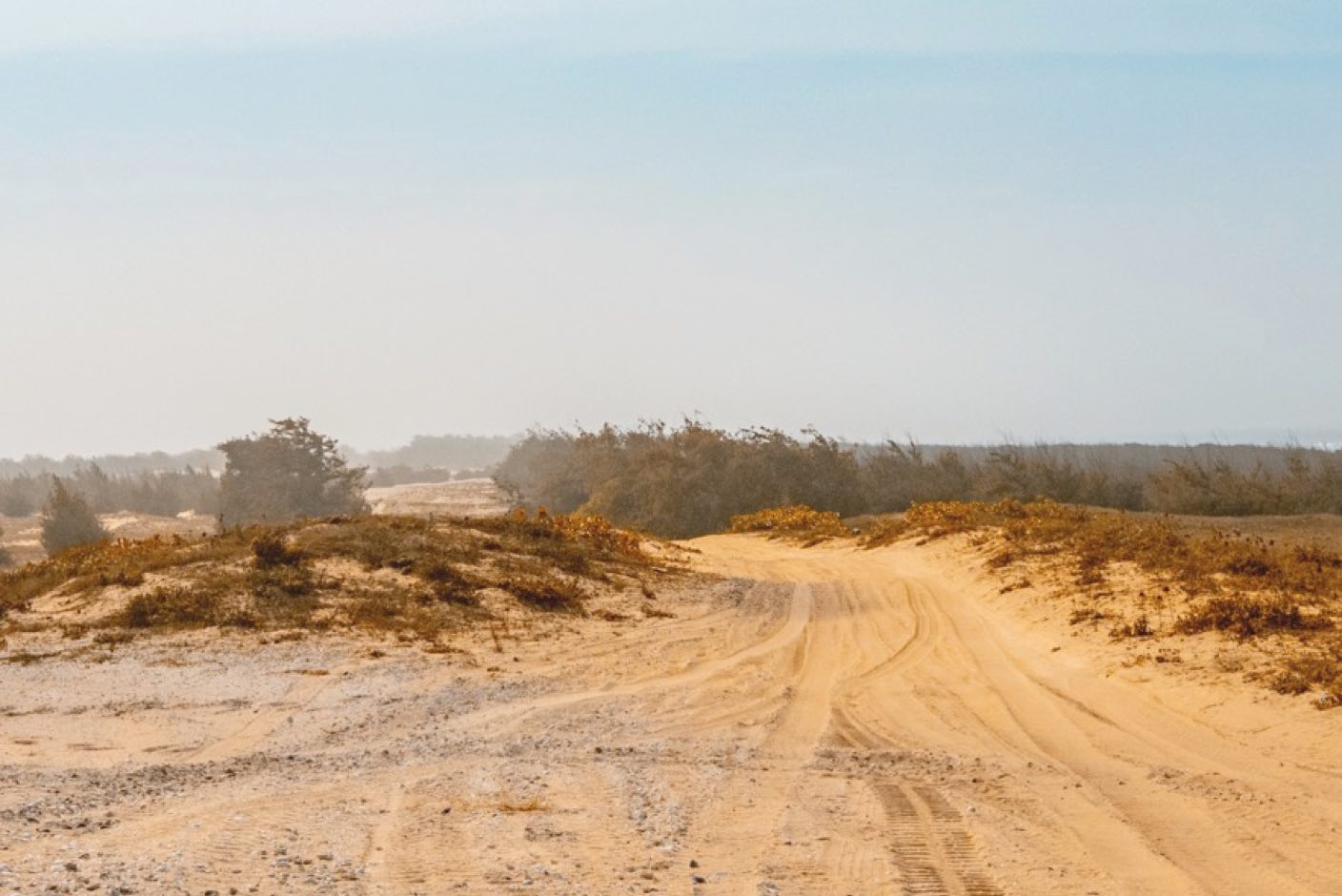
obstacles
“Obstacles will include a myriad of short, sharp elevation and directional changes as the drivers navigate their way through the tight and twisty inland sector, a world apart from the long, sweeping, full throttle sections of the AlUla desert. Competitors will see less elevation changes experienced in Saudi, more like four to five metres here across a series of dunes but with more short drops and sharp rises.
“In the middle sector, the route crosses close to the main paddock area and heads to the other side of the course where the sand becomes softer and will include more small dips and drops before entering back out onto the stunning beach, running alongside the picturesque turquoise sea, which will present some spectacular images of the Ocean X Prix.”
Extreme E’s race at Lac Rose certainly delivered. Rosberg X Racing’s Molly Taylor and Johan Kristoffersson left Senegal holding on to their cherished lead in the championship after a thrilling weekend.
-
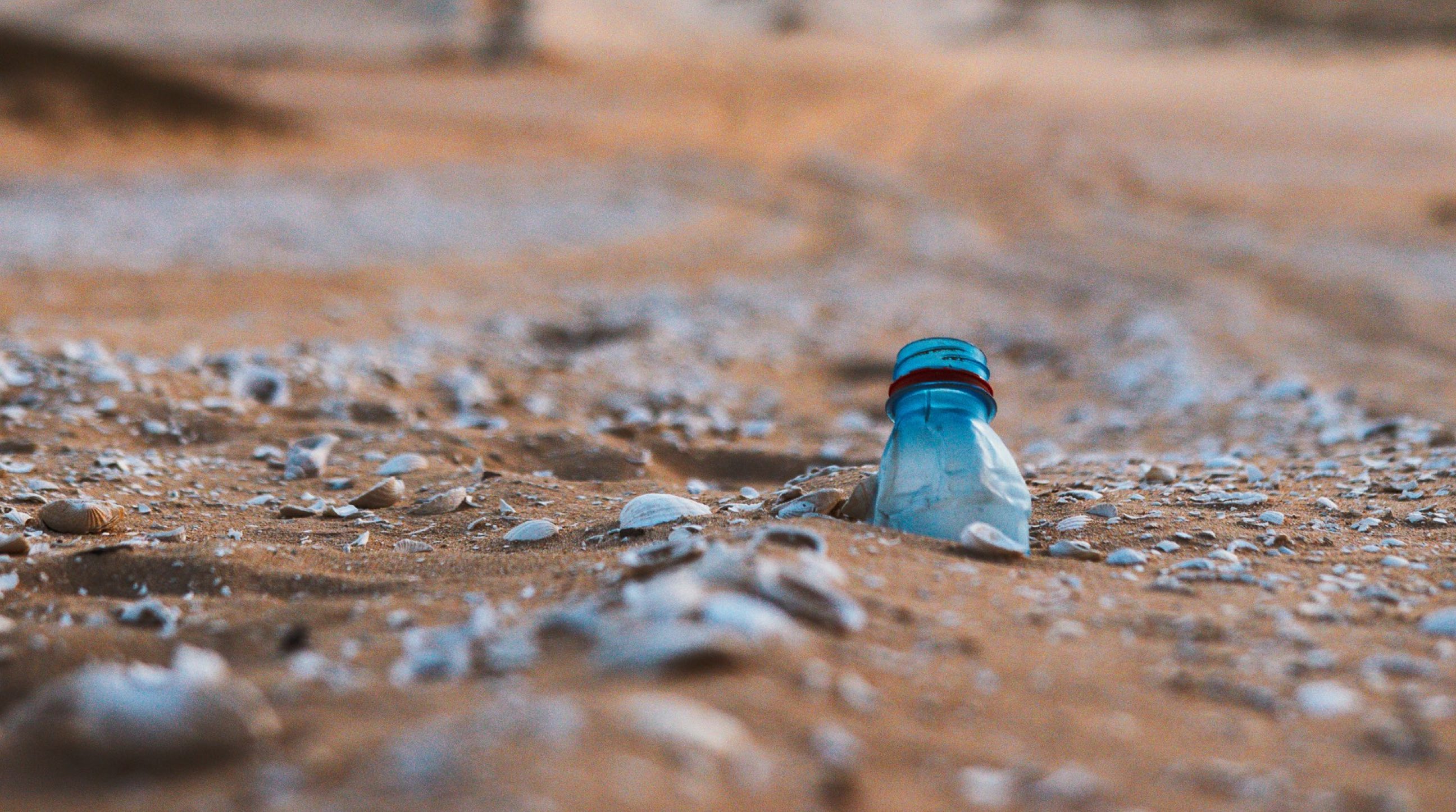
local environment
Climate change has a profound impact on marine ecosystems, which threatens the wellbeing of people who depend on them. Climate challenges include rising sea levels – putting the very existence of some islands at risk – extreme weather and elevated rates of erosion.
population 1.05 Mil
plant species 2,100
mammal species 192
reptile species 91
bird species 612
Fish Species 147
-
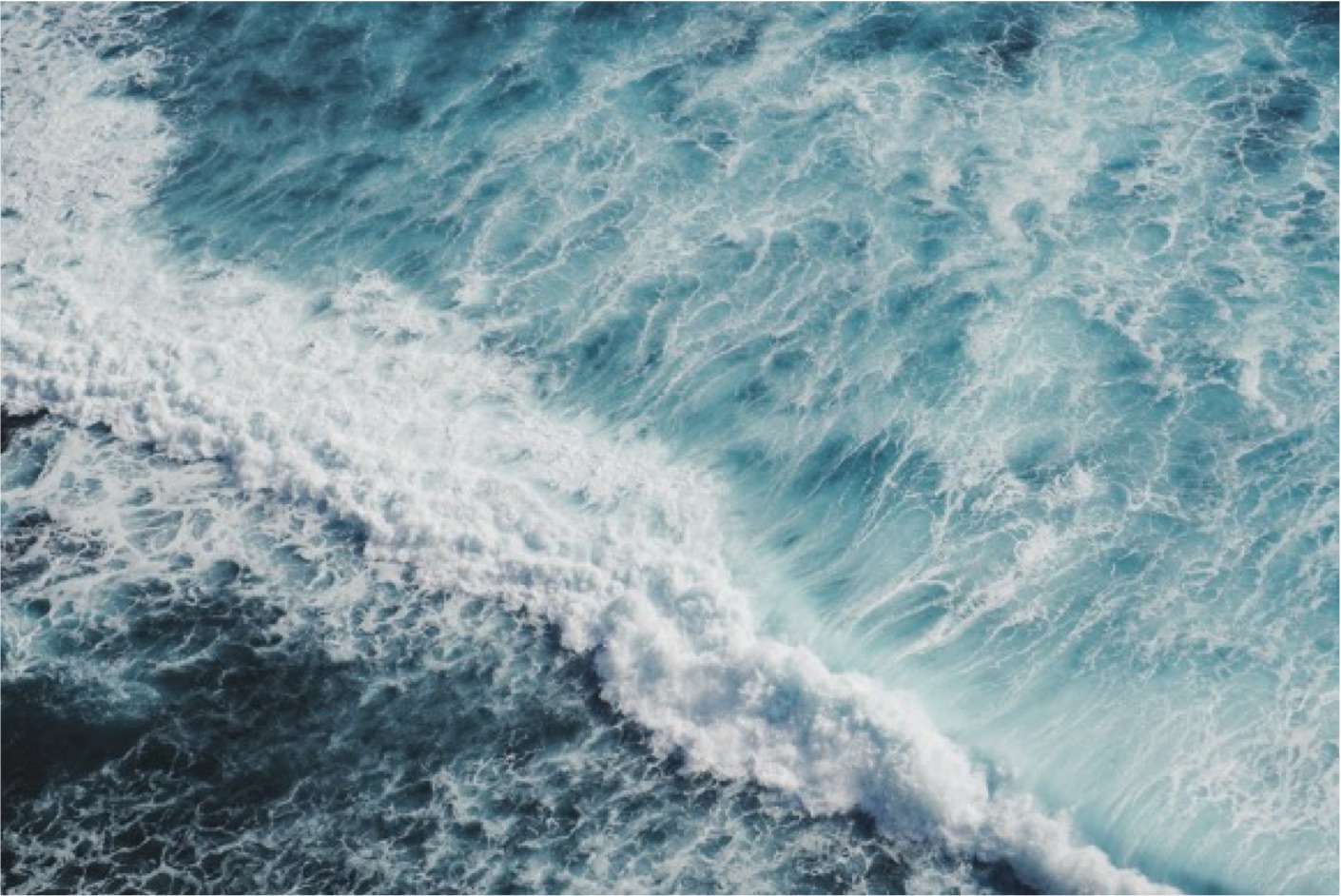
The Problem
Our oceans are in crisis. Half of coral reefs and a third of mangroves and seagrasses have already been lost, leaving coastal communities vulnerable to erosion, storm damage and food shortages. Crucial fish stocks are on the point of collapse, threatening not only food security for the human population that depends on them but the entire food chain.
Plastics, oil spills and agrochemicals are destroying ocean environments and contaminating food chains. Climate change is causing the heating of our oceans, making them more acidic and bleaching coral reefs, melting the ice at the poles and endangering the life which they support. Above all, global warming results in rising sea levels that put some islands and coastlines at risk of disappearing altogether.
The overall goal was to bring partners together to address the region’s most critical social and environmental issues – rising sea-levels, marine ecosystem degradation and desertification – worsened by overfishing, inadequate waste management and climate change.
-
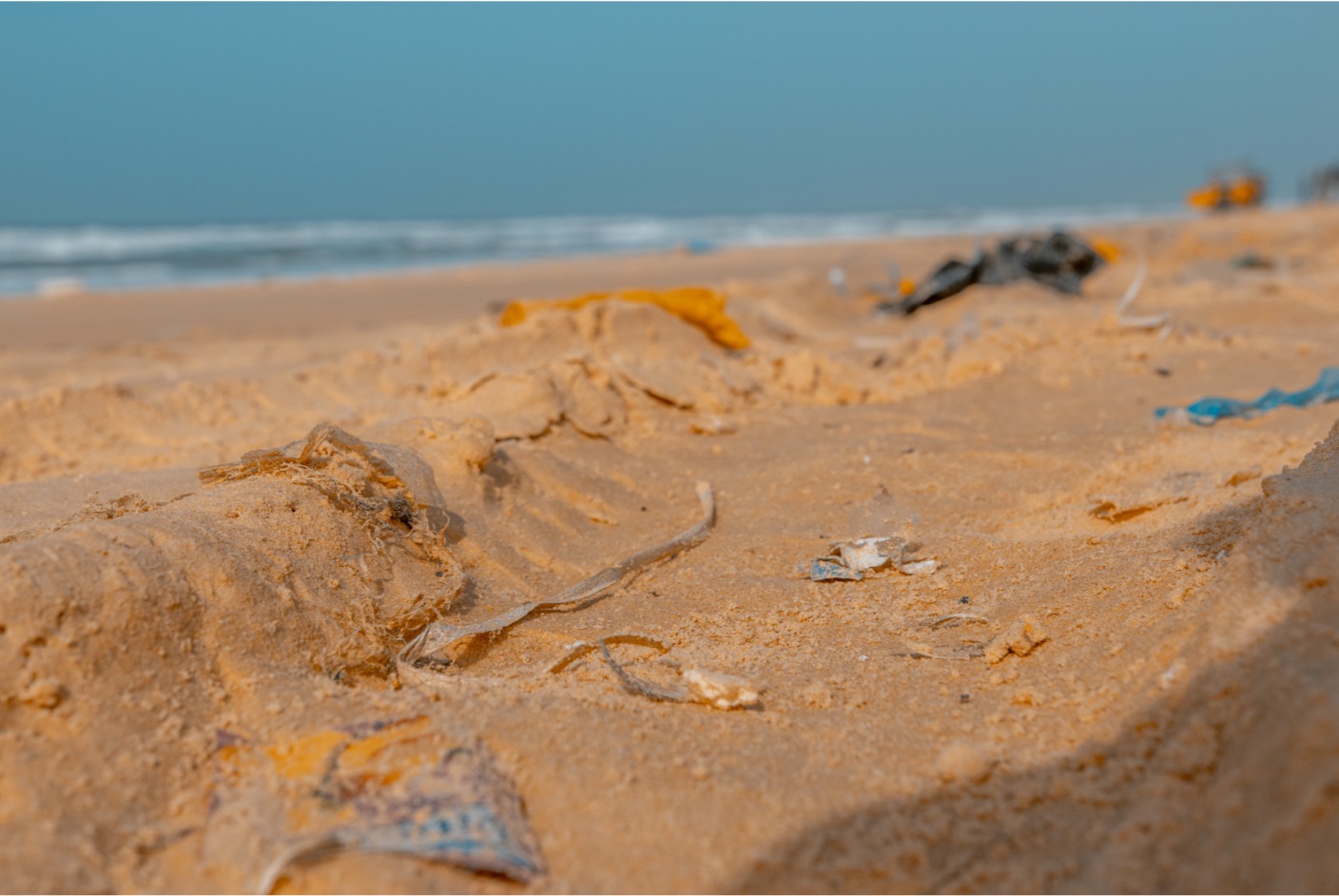
Extreme e legacy
Extreme E teamed up with TO.org and local NGO Oceanium to plant one million mangrove trees in Senegal. The project has focused on five areas totaling 60 hectares, which is the equivalent of 112 football pitches with the aim to reforesting mangroves, providing education to local populations and improving social cohesion.
Mangroves are one of the richest ecosystems in the world and provide essential goods and services, playing an important role in the life of coastal communities in the likes of Senegal. In addition to being an excellent carbon store, they reduce flooding and erosion from storms, act as nurseries for fish and filter salt and pollutants from water.
-
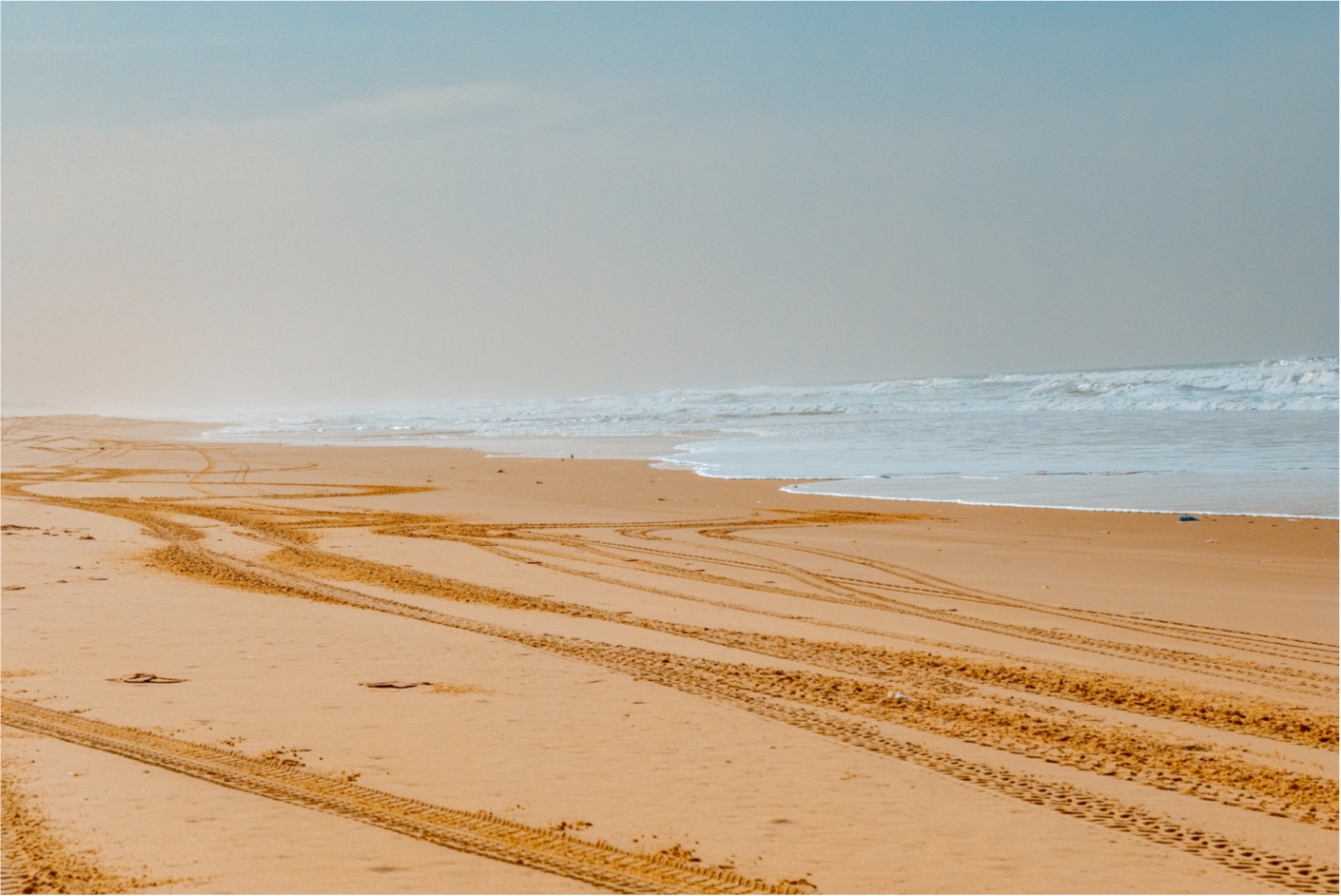
In addition, Extreme E joined forces with GroupeSenghor (GS) alongside TO.org to raise awareness of climate issues by engaging local people to create a healthy environment and in turn build a sustainable community, through the provision of guidance, information and tools to empower. The EcoZone Project aims to establish hubs of inspiration and action for the whole community through the following activities:
• Experiential learning at local schools to make them hubs for sustainable action and community cohesion
• Regenerative agriculture for productive land usage
• Tree-planting activities to help tackle climate change while increasing greener and healthier living
• Eco-construction by using Ecobriques and local creativity to enhance and beautify their neighbourhoods
ARCTIC X PRIX
X PRIX results
CHAMPIONSHIP STANDINGS
| POSITION / TEAM | DRIVERS / NATIONALITY | POINTS | ||
| {{result.position}} |
|
|
|
{{result.points}} |
-
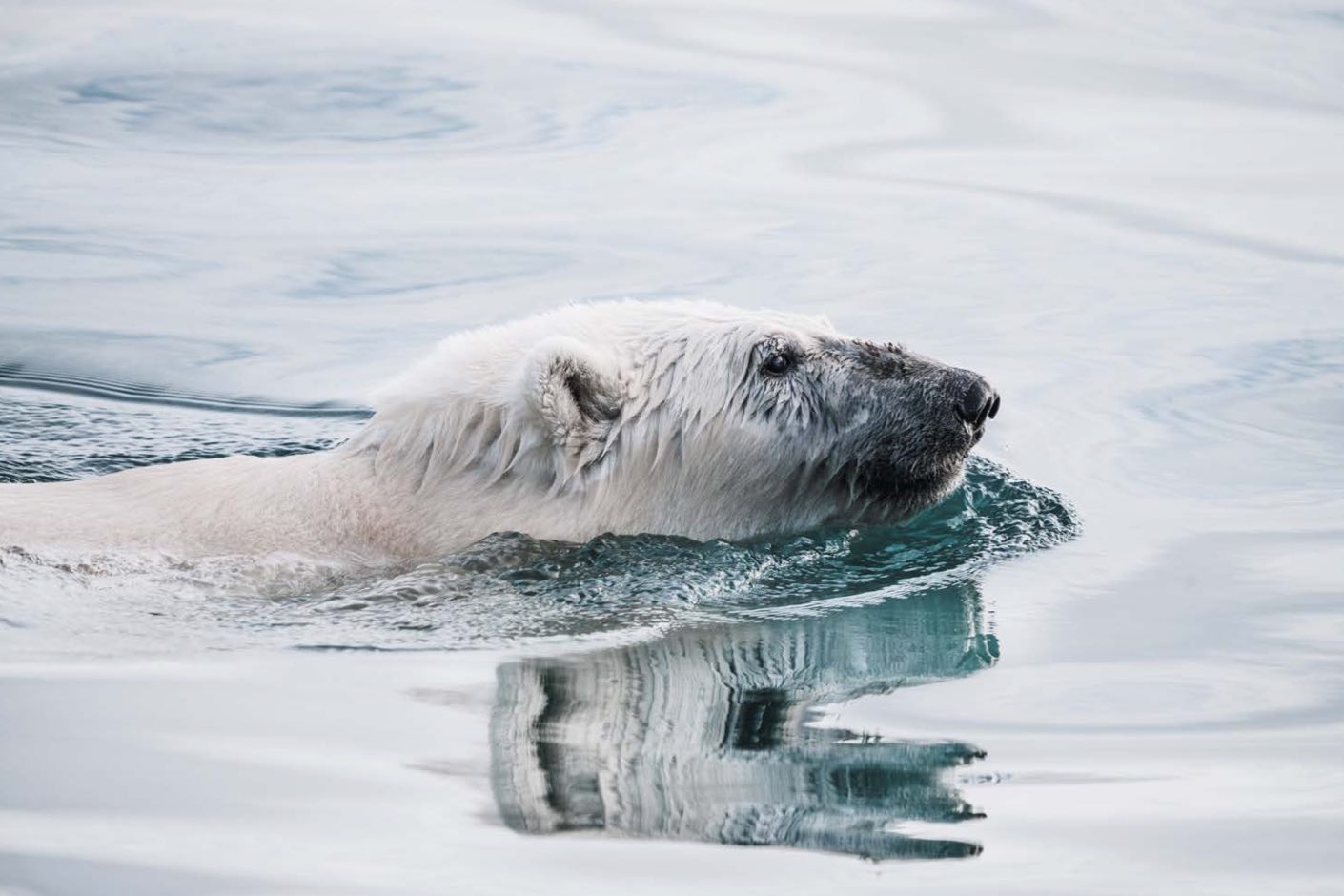
For its third X Prix of Season 1, Extreme E heads north to the Arctic and the retreating Russell Glacier near Kangerlussuaq, chosen for its dramatic back drop and more importantly for its significance in representing the reality of climate change. The Ice Cap is melting at an alarming rate and Extreme E will race on the land previously occupied by the once mighty glacier, right by its receding snout – all with the purpose of showing audiences around the world that we all need to help fight this future climate disaster.
-
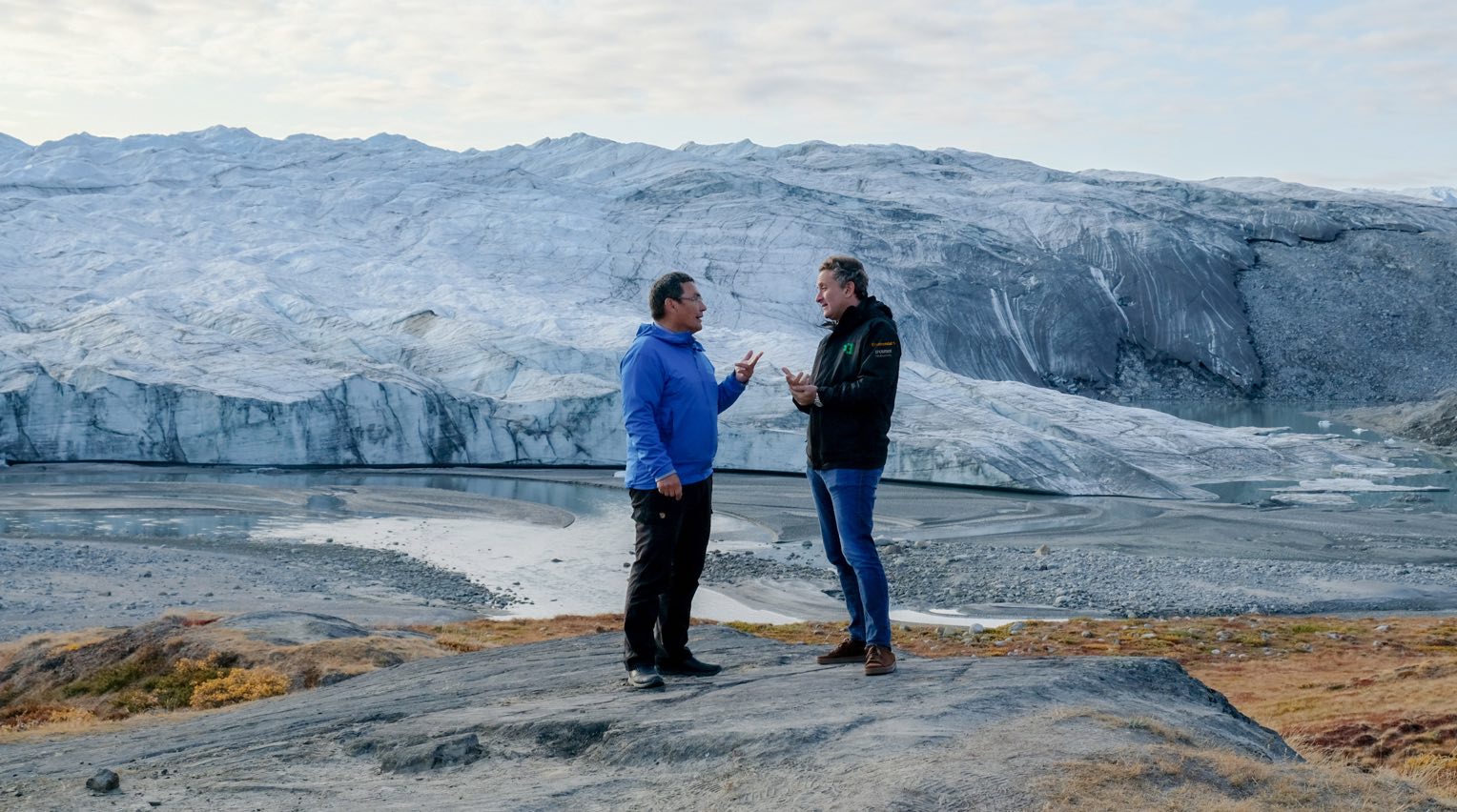 field notes
field notesfind out what timo had to say about the ARCTIC x prix
As far as the racing is concerned, the Arctic X Prix promises an epic contest. Rosberg X Racing are leading the championship after the first two rounds in Saudi Arabia and Senegal –so there is a lot to play for in Greenland.
-
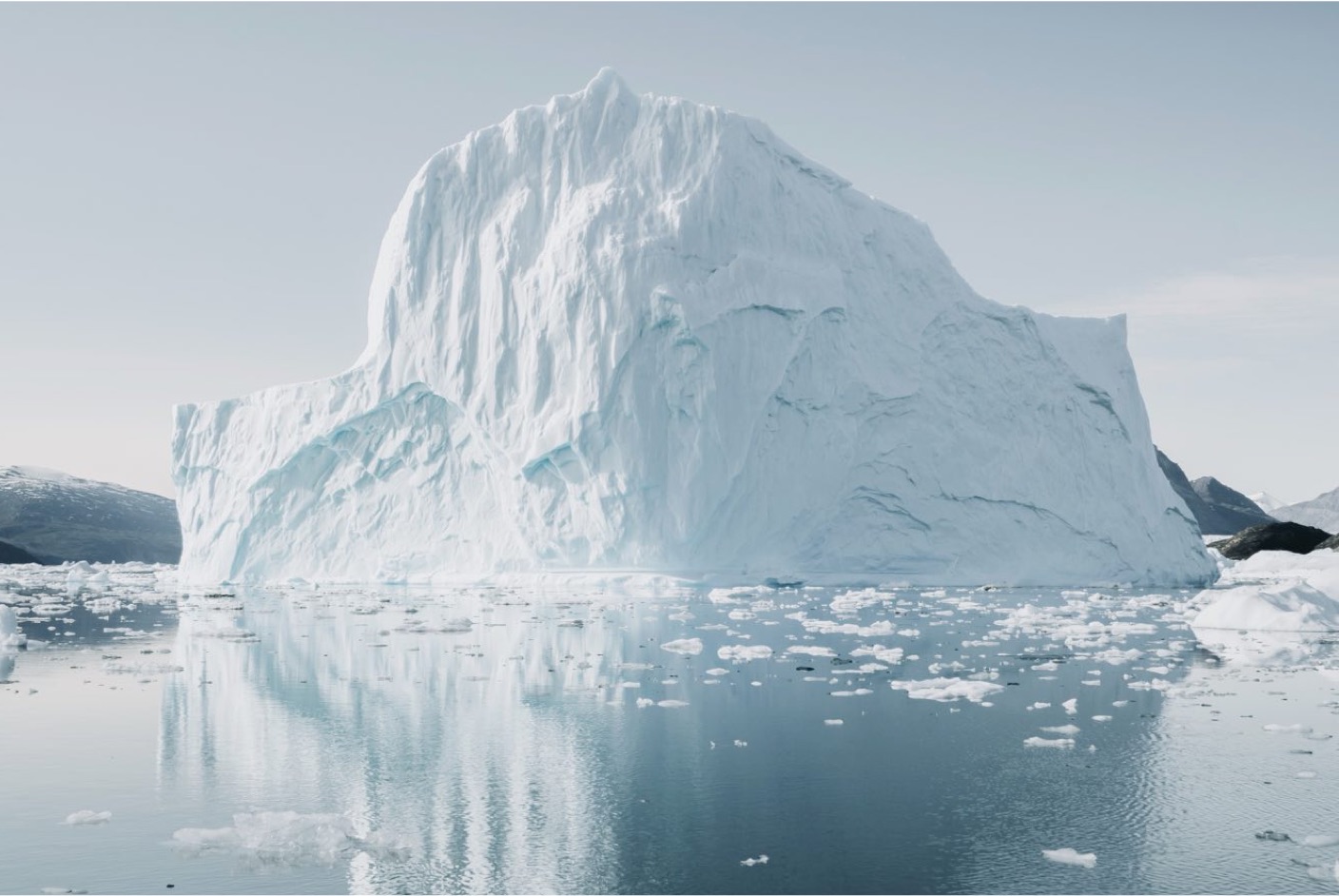
racing conditions
Timo Schneider comments on the course layout saying, “one of the main differences in Greenland will be the climate. After two hot races in Saudi Arabia and Senegal, the ODYSSEY 21’s and their drivers are going to have to get used to a dramatic drop in temperature which may suit certain aspects.”
He continues, “The course in Kangerlussuaq itself has been designed around a large relatively open plain at the edge of the Glacier with a mixture of terrain Including rocks, boulders down to a fine sediment, so it’s certainly varied.
-
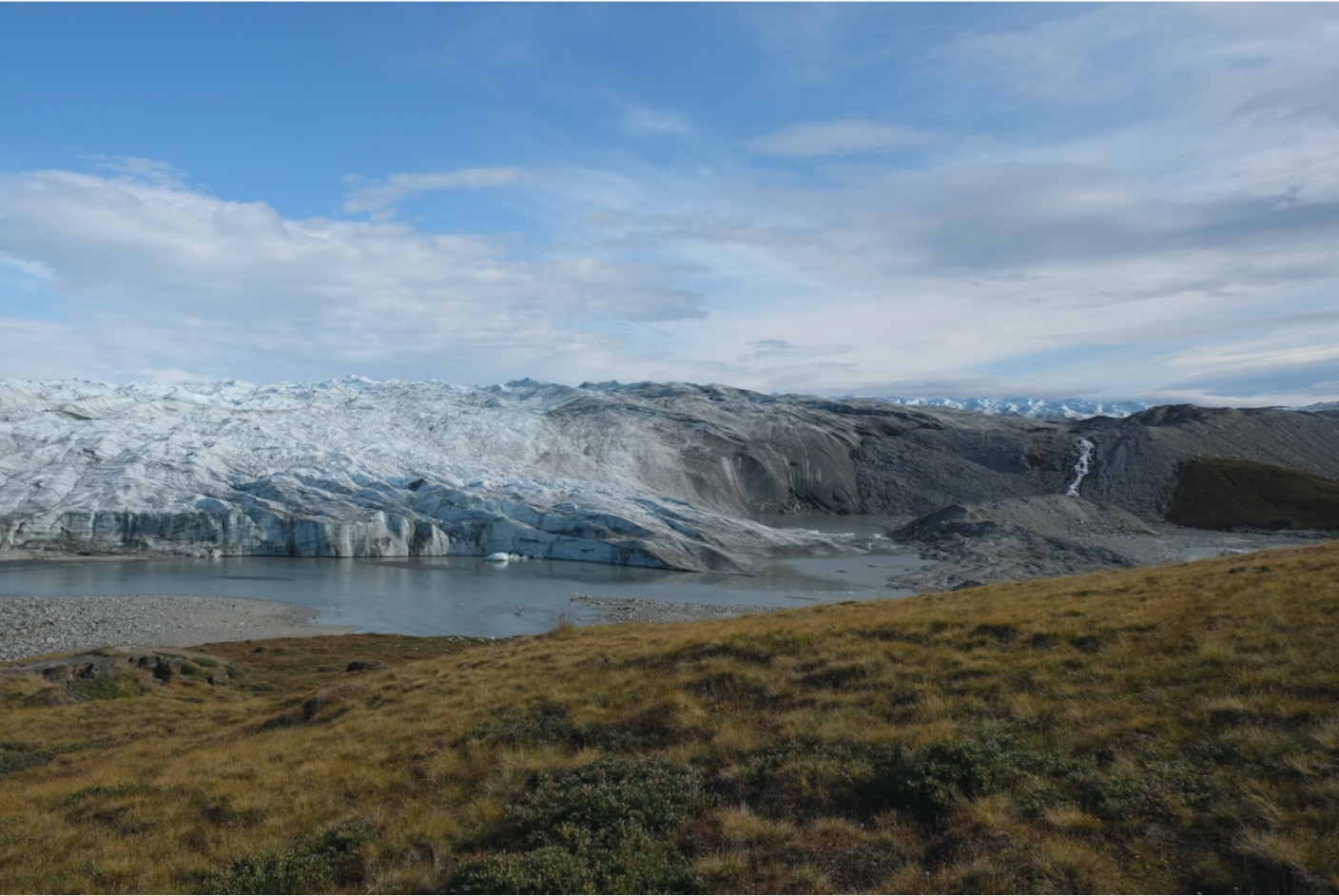
Obstacles
“After the start, the route heads north towards the dunes where there is a wide-open section. This is where the drivers will have a myriad of different routes to take them through the mogul field. The course briefly heads back downhill on to the plain for a short section, before turning back up into the dunes to the farthest northerly part of the course.
“At this point, the course disappears to the far side of the dunes and around a small glacial water lake before winding its way up to the highest point on the dunes measuring 180m, before dropping out of the sandier section and reconnecting with the open plain which will likely bring higher speeds, but whilst it appears flat from a distance, the wind and water flows have shaped the floor, so expect the cars to begin to dance across this area – it is certainly not flat out.
“Winding its way to the farthest westerly point, the course drops twice into the huge riverbed, with steep drops down and jumps back up onto the plain and onto a very technical rocky area. Finally, the route back towards the Start and Switch now begins across the bumpy plain, finishing off the spectacular nine-kilometre course of the Arctic X Prix.”
-
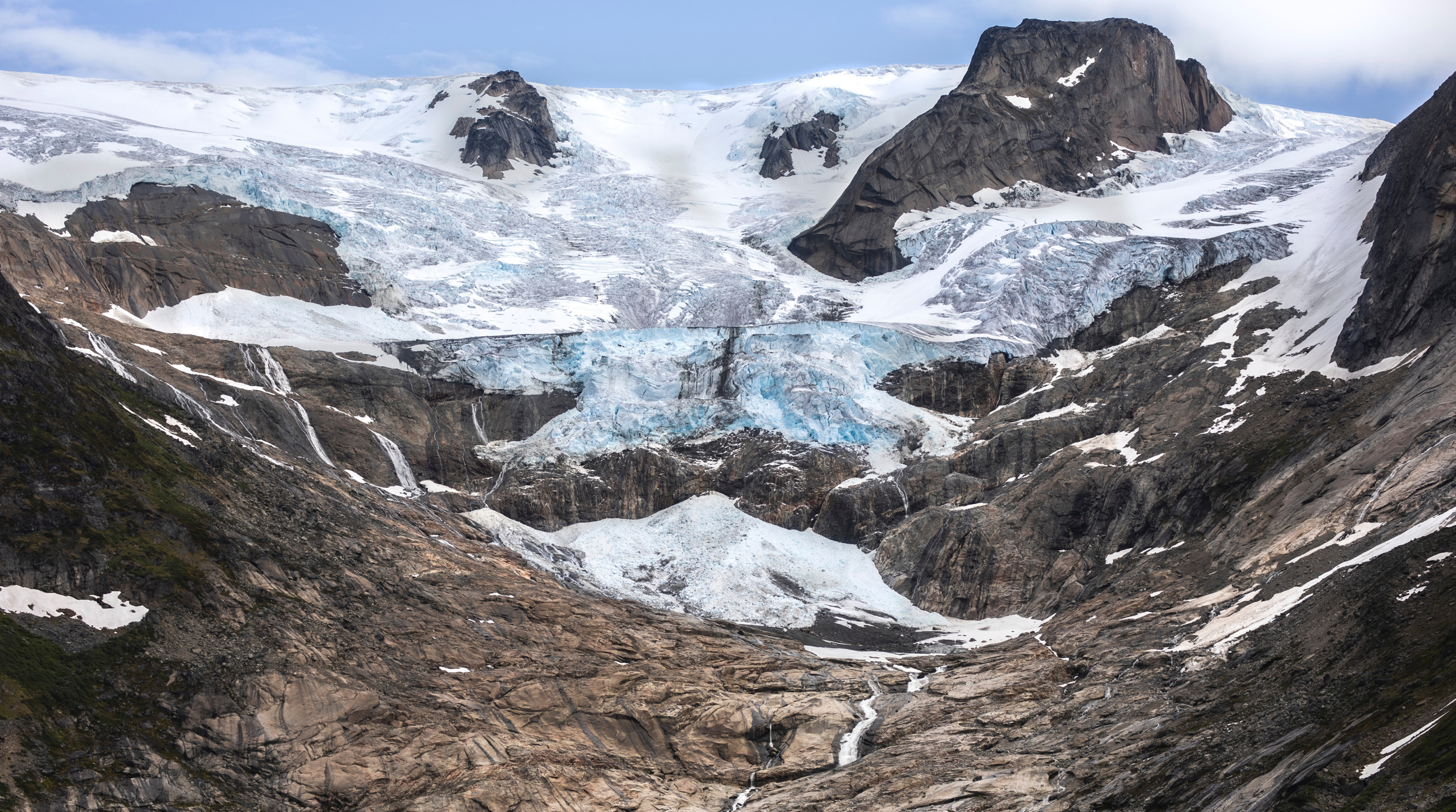
local environment
With the help of world-leading Arctic expert, Professor Peter Wadhams, Extreme E will support research into protecting Arctic ice. Only continued global action on climate change can result in a secure future for the region but working to conserve the ice gives the ecosystem the best chance of survival and recovery.
population 508
plant species 532
mammal species 26
bird species 73
Fish Species 240
-
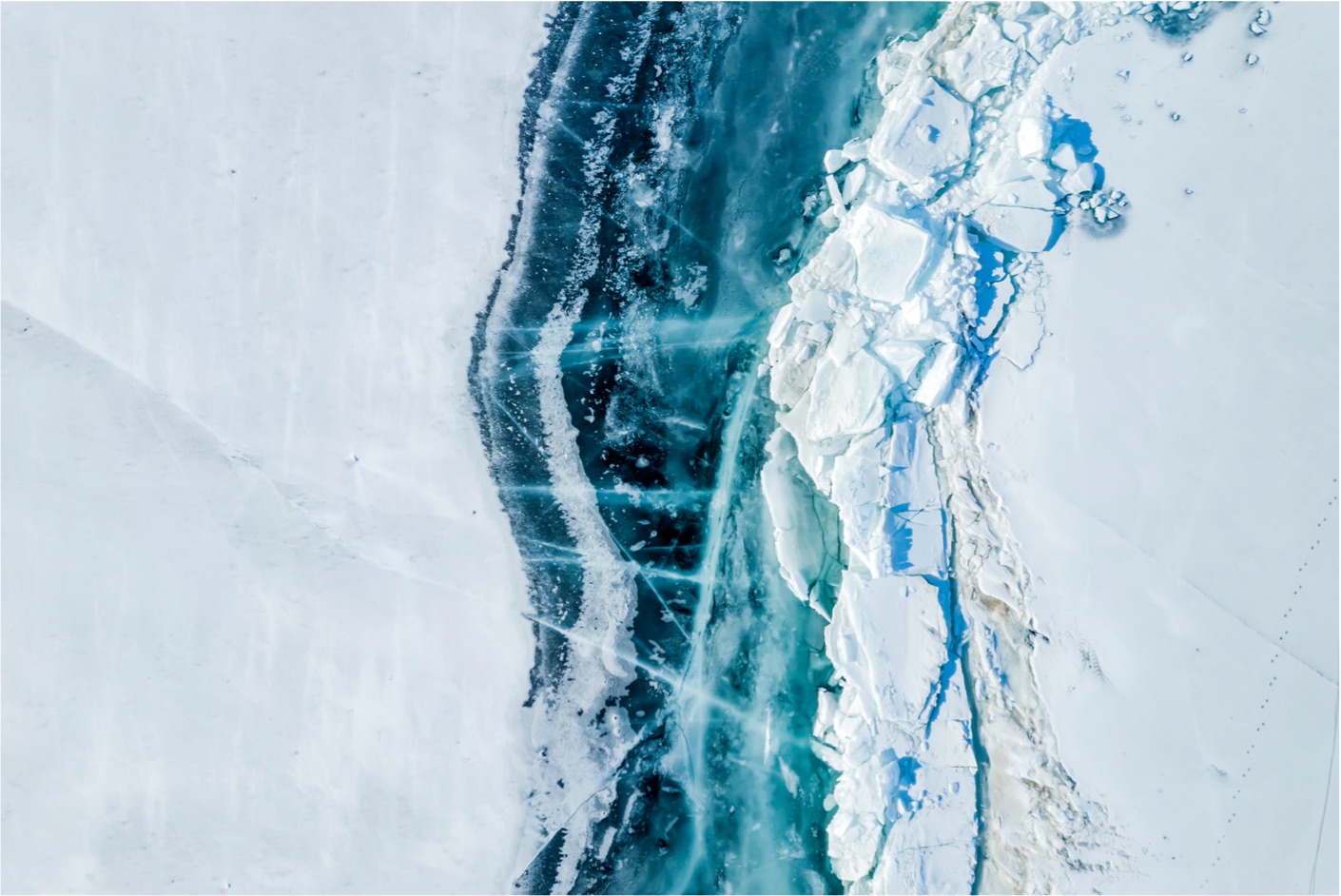
The Problem
The Arctic is made up of deep ocean covered by drifting pack ice, surrounded by frozen continents and archipelagos at the top of the world. The polar region is crucial in keeping the world’s climate in balance, acting as a huge reflector bouncing some of the sun’s rays back into space. By this mechanism, it helps regulate global temperature. Additionally, it plays a crucial role in the circulation of cold and warm water throughout the world’s oceans. It is home to around four million people, including indigenous communities spread across eight countries – Canada, Finland, Iceland, Norway, Russia, Sweden, Greenland and the US as well as around 450 types of fish, 280 species of bird and 130 types of mammals (including the iconic Polar Bear, Narwhals and Arctic Foxes) – even cold-water coral reefs.
Climate change has led to the Arctic warming at twice the global average. The knock-on impacts of this include accelerated melting of the ice cap, rising sea levels and severe pressure on species that depend on the biome such as the Polar Bear and Ringed Seal.
-
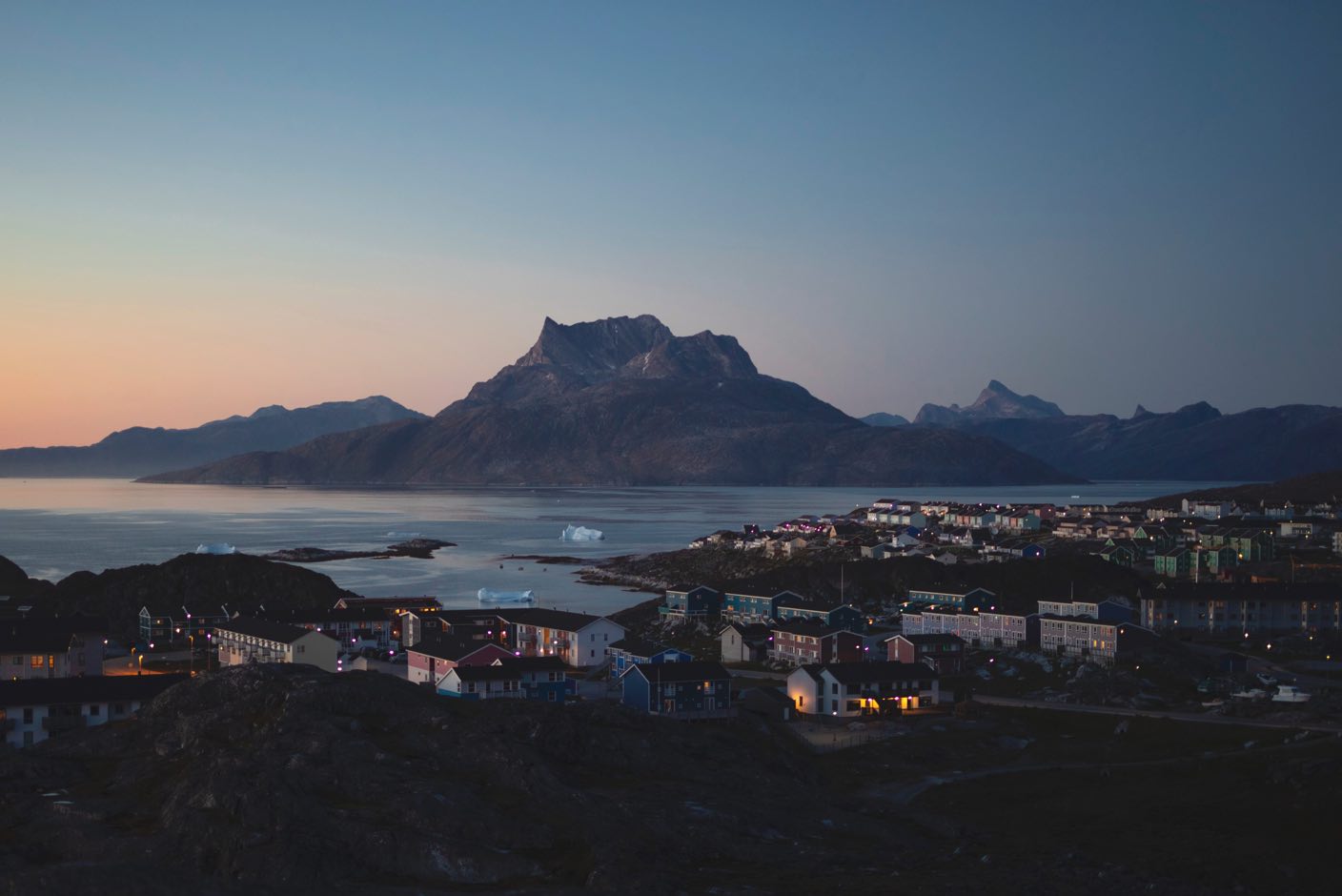
Extreme e legacy
Alongside the scientific research, Extreme E has also been supporting UNICEF to create an educational programme. The programme aims to empower young changemakers – around 3,600 young people - in the country by reimagining climate education in Greenland, helping children understand and address the climate related issues which are putting them, and future generations at risk.
But it doesn’t stop there, Extreme E is also leaving behind compostable toilets, solar panels, electric go-karts, medical supplies and much more in a bid to support the community.
ISLAND X PRIX
X PRIX results
CHAMPIONSHIP STANDINGS
| POSITION / TEAM | DRIVERS / NATIONALITY | POINTS | ||
| {{result.position}} |
|
|
|
{{result.points}} |
-
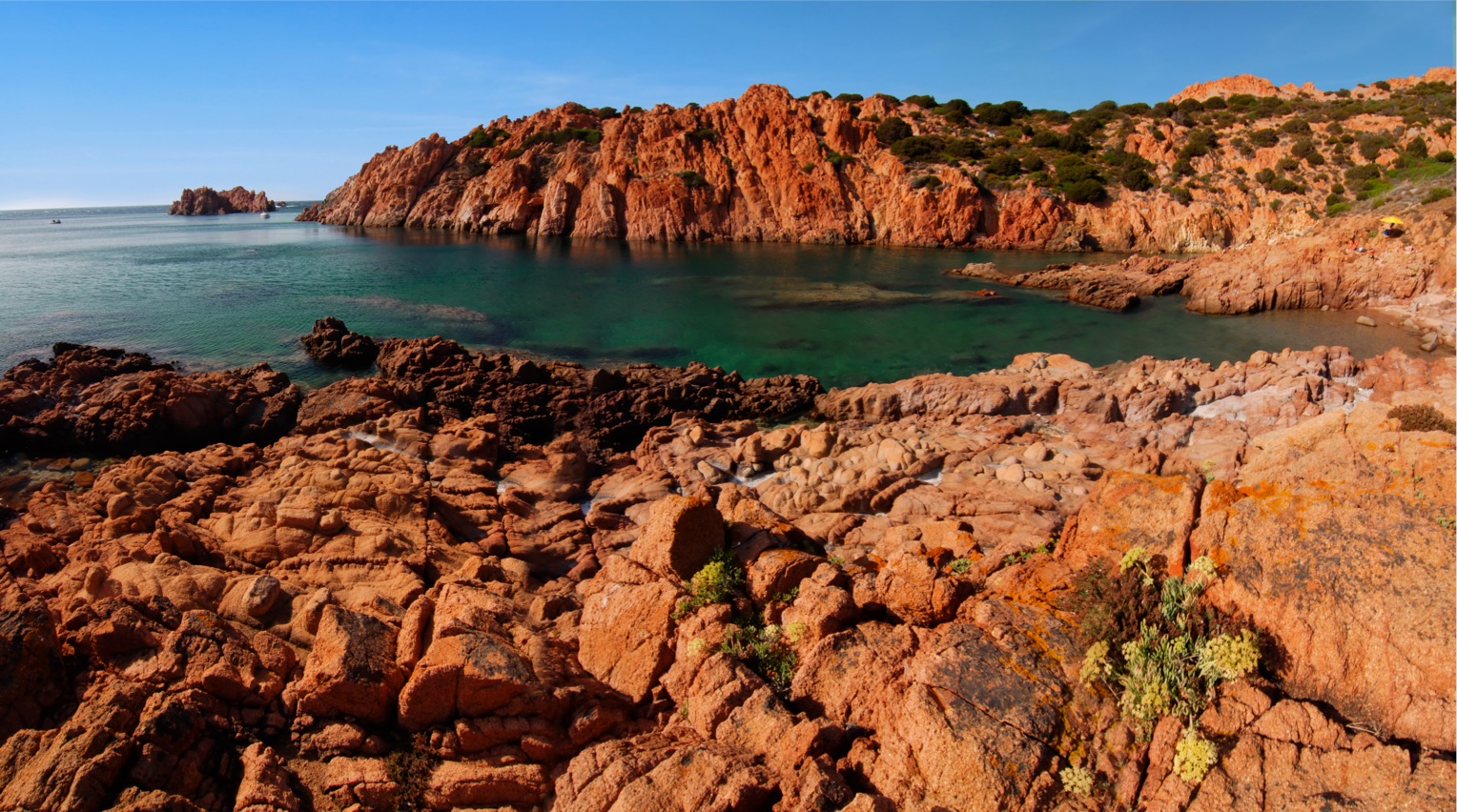
The series was built around the ethos of racing electric vehicles in remote environments in an effort to raise awareness for climate change issues and showcase the performance and benefits of low carbon vehicles.
However, this crisis is not a problem which only affects remote locations. It is becoming increasingly noticeable in all environments including Sardinia which are suffering from rising temperatures, heatwaves and wildfires.
-
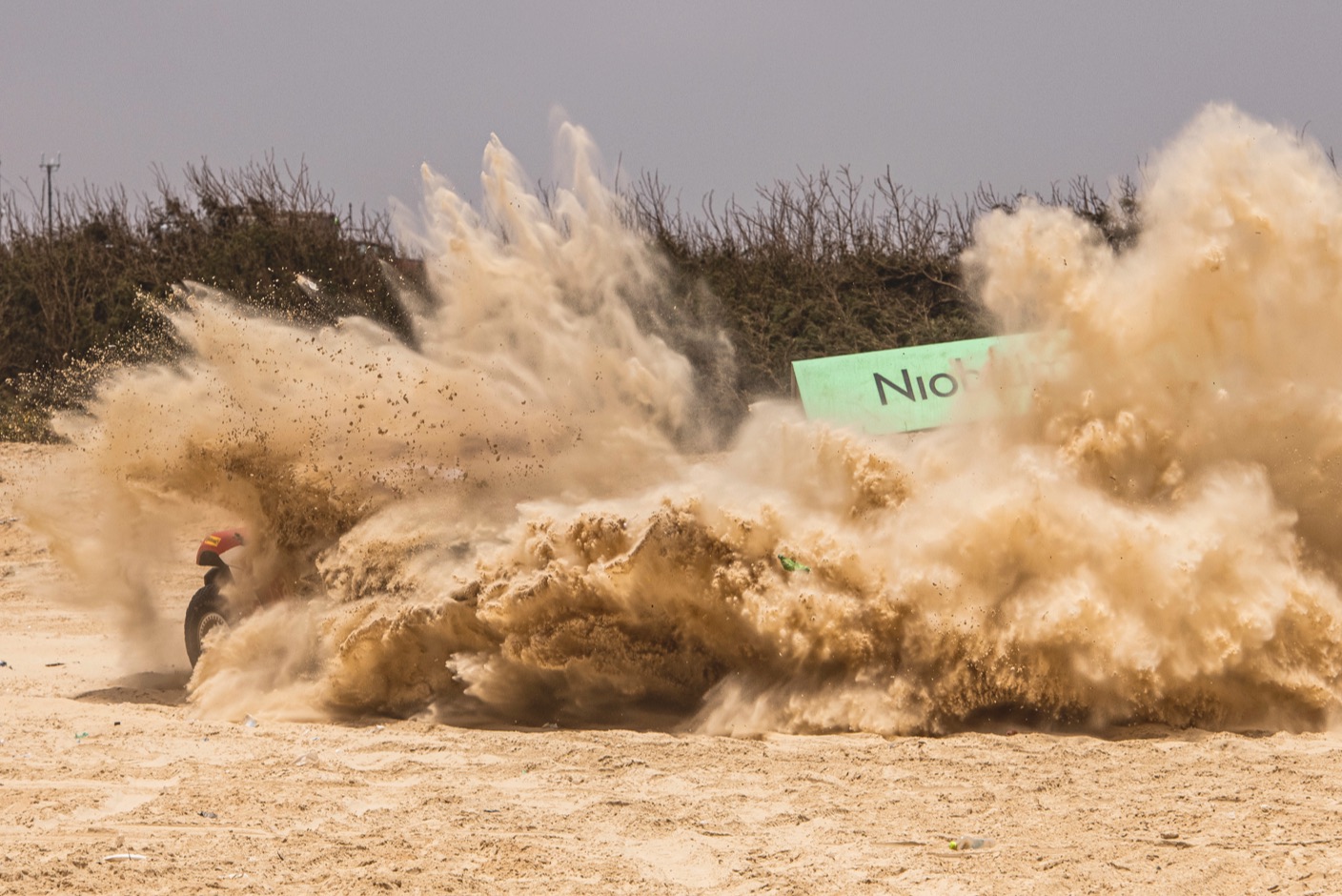
racing conditions
The event, which marks Extreme E’s first European destination, will take place in the Army Training area at Capo Teulad in Sulcis-Iglesiente, an historic area situated in the south-west of the island.
The Teulada route provides a blank canvas for the course which will measure around seven kilometres, and a completely contrasting landscape to the previous three rounds, providing a harder compact surface with many rocks and bushes plus riverbeds that crack due to the heat.
-
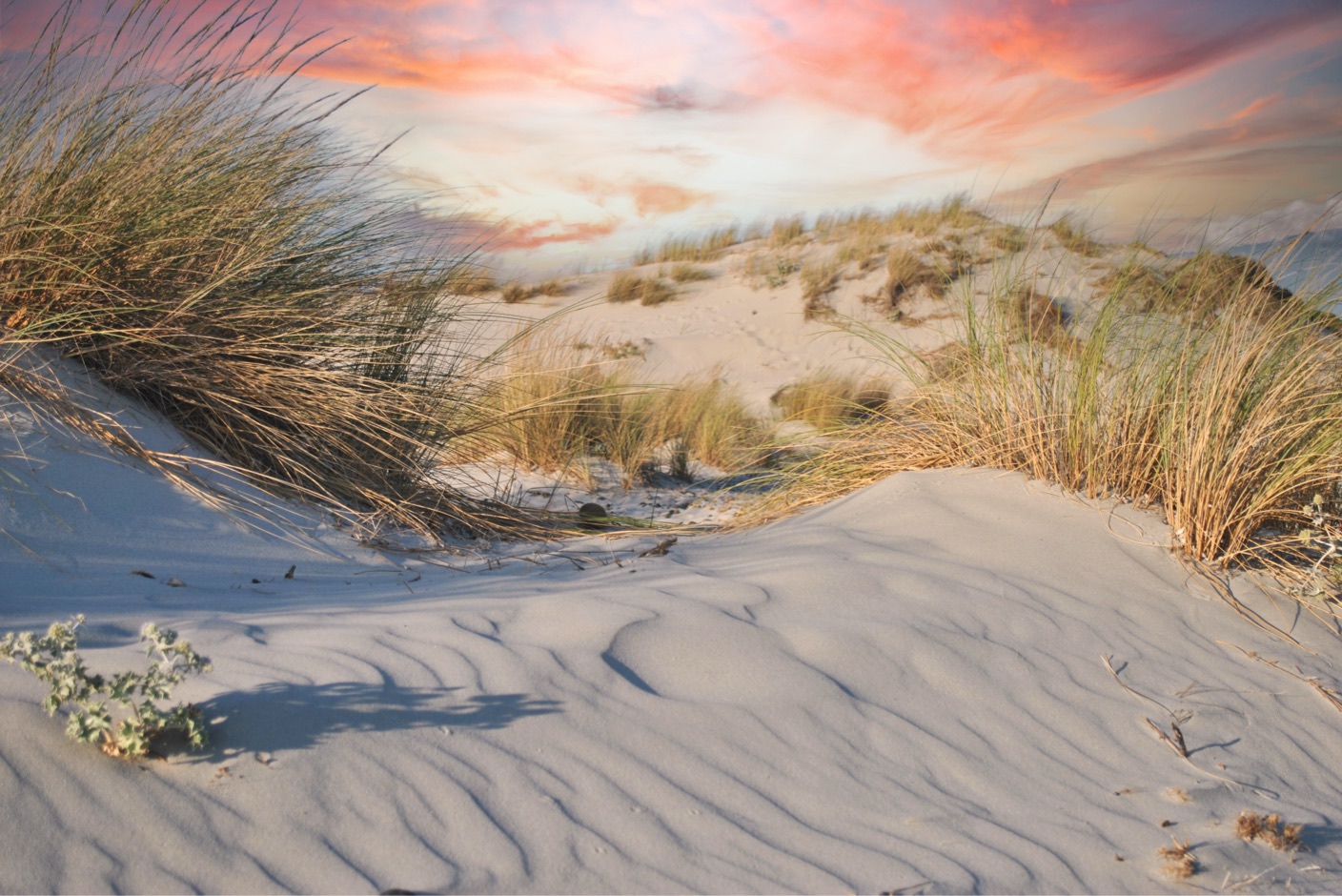
obstacles
The terrain could become softer come the October months, meaning drivers have many more natural obstacles to navigate. The aim is to provide a myriad of racing lines allowing for overtaking as well as fast flowing areas and tight corners. The course walk in the days leading up to the race will prove essential for drivers to do their homework before stepping into the cockpit of the all-electric ODYSSEY 21.
Extreme E is working closely with Automobile Club d’Italia - the national sports federation co-organising and coordinating the event - the Region of Sardinia, and its Tourism Department plus the Ministry of Defence and the Italian Army.
-
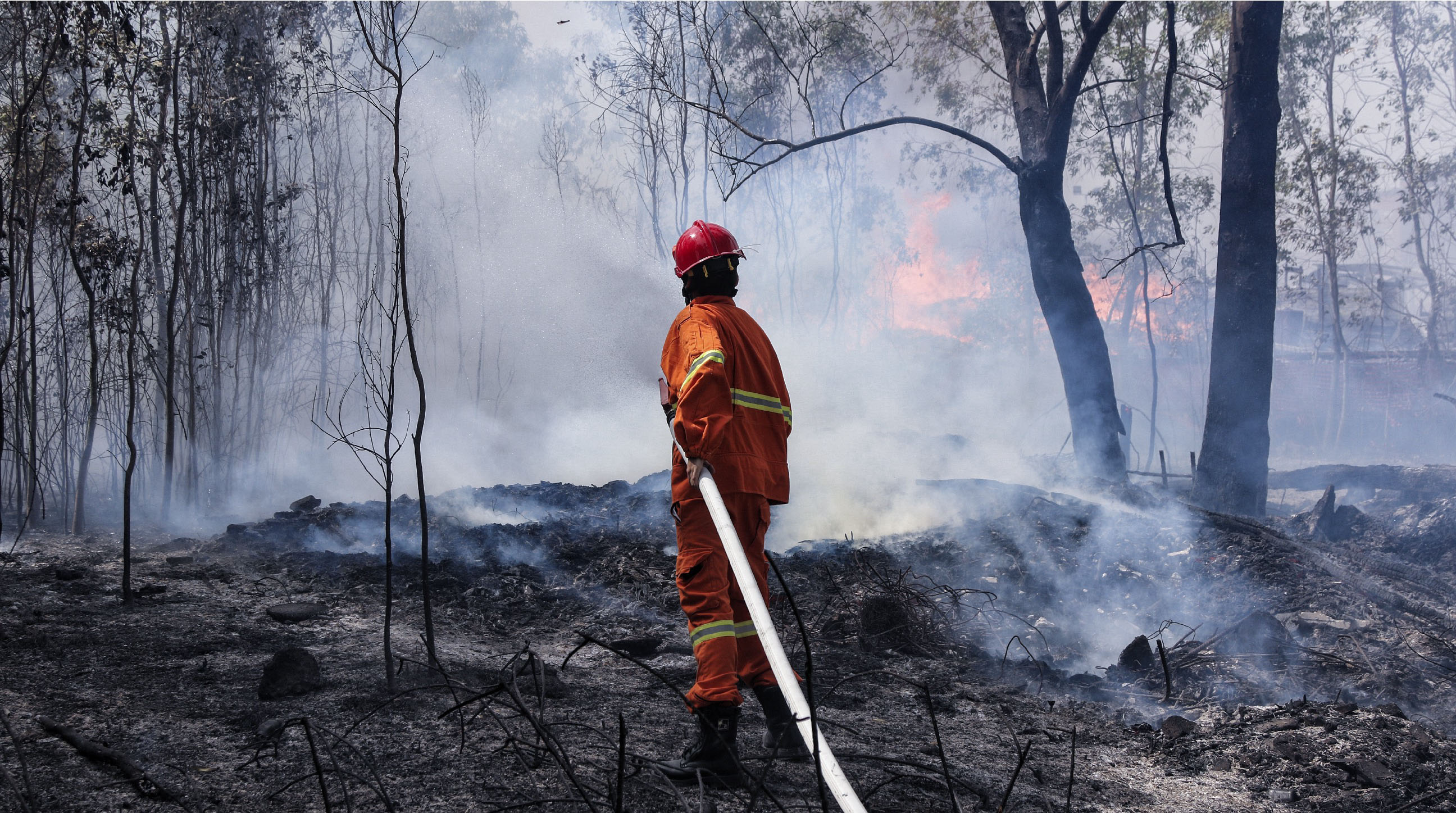
local environment
The Legacy Programme in Sardinia will focus on both blue and green carbon stores. During July 2021 there were 13,000 more wildfires in Italy than has ever been recorded before. The resulting calamity has resulted in incalculable damage to thousands of people’s livelihoods, as well as to nature. The devastating fires destroyed vast swathes of pastures, agricultural land, and killed huge numbers of animals, including 30 million bees. It is estimated that it will take at least 15 years to rebuild the 20,000 hectares of land impacted. The Smithsonian Institute estimates that just a hectare of seagrass can produce 100,000 litres of oxygen a day. However, seagrasses are thought to be one of the most rapidly declining ecosystems in the world. It is estimated that 29 per cent of global seagrass has been lost and, if trends continue, another 20-30 per cent could be lost in the next 100 years. Extreme E will be focusing on how future damage can be reduced as well as how past destruction can be restored during the Enel X Island X Prix.
population 1.64 Mil
timezone utc +2
-
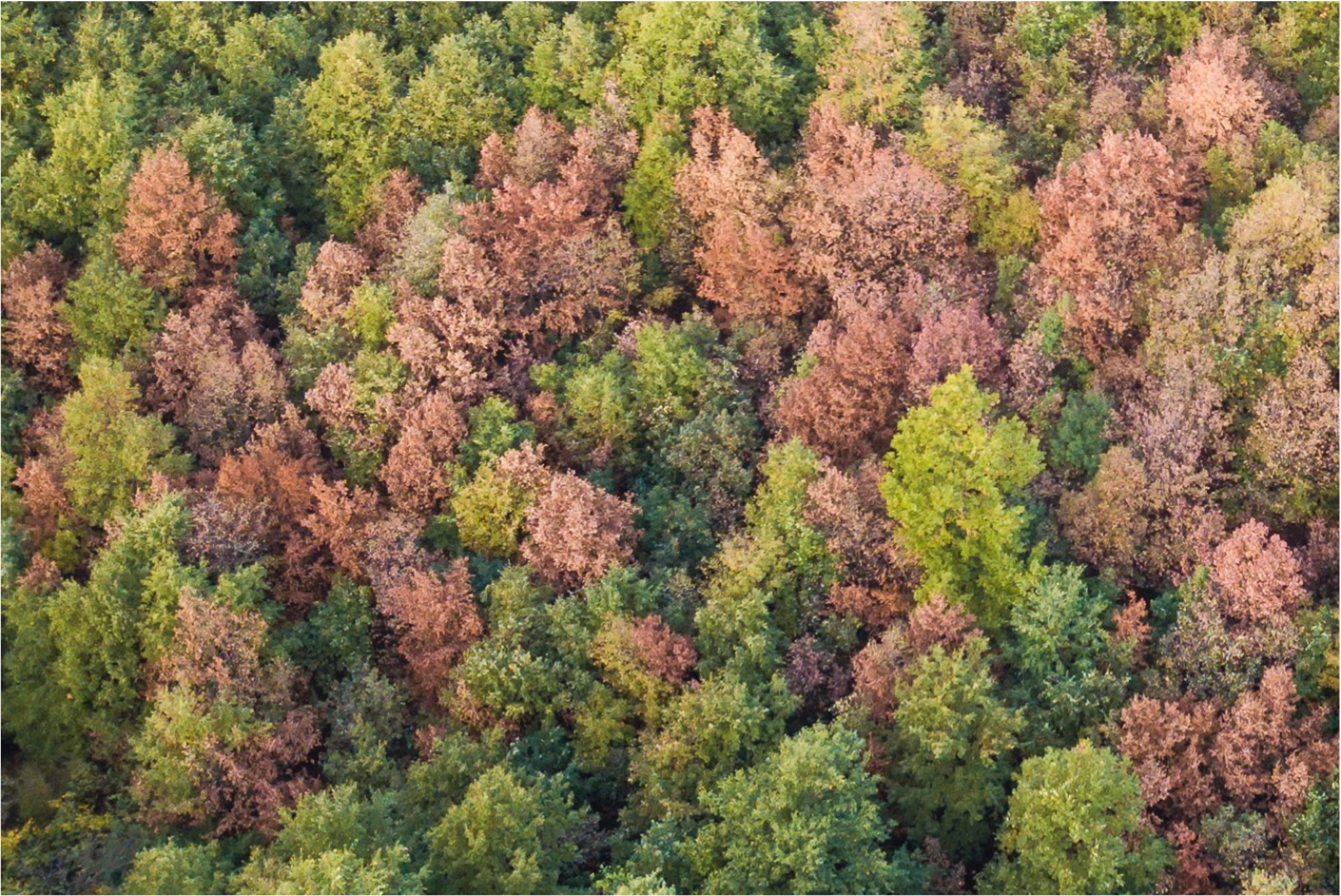
The Problem
Firstly, the series will look to highlight the rapid warming of the planet, which has an impact on so many countries and has caused many parts of Europe, America and Australia to experience wildfires. In Sardinia, Extreme E will work with local NGOs to support the forest restoration efforts in the Oristanese area and beyond that fell victim to extensive damage, therefore enhancing green carbon stores.
Secondly, the focus will be put on seagrasses, specifically the Posidonia oceanics seagrass meadows - an ecosystem known as the rainforest of the oceans, and an environment that sequesters even more carbon dioxide than its terrestrial comparison and is equally threatened, making it a huge blue carbon store.
-
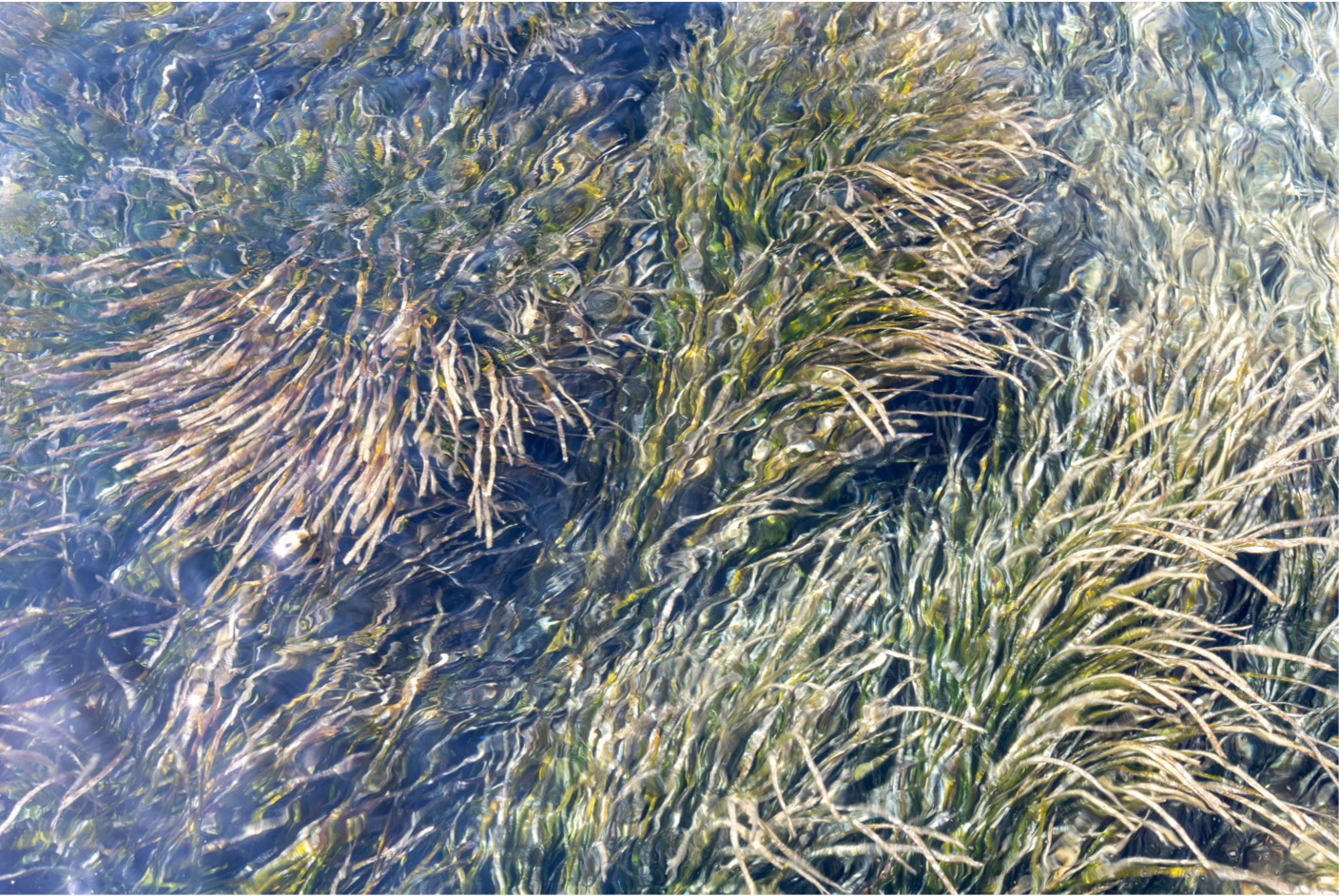
Extreme e legacy
Extreme E will be working alongside MEDSEA (Mediterranean Sea and Coast Foundation) in Sardinia to support two significant projects. The first explores Green Carbon, incorporating the recovery response to this year’s devastating forest fires on the island. The second project supports the conservation of Posidonia oceanica (seagrass), mitigating the detrimental effects of Blue Carbon in Mediterranean waters.
Posidonia oceanica, which is instrumental in sequestering harmful ‘Blue Carbon’, is also under threat. Extreme E’s own scientists, in partnership with ENEL, will also be working with MEDSEA to reconnect and replenish the seagrass beds of Posidonia oceanica in the waters of the Marine Protected Areas around Sardinia.
JURASSIC X PRIX
X PRIX results
CHAMPIONSHIP STANDINGS
| POSITION / TEAM | DRIVERS / NATIONALITY | POINTS | ||
| {{result.position}} |
|
|
|
{{result.points}} |
-
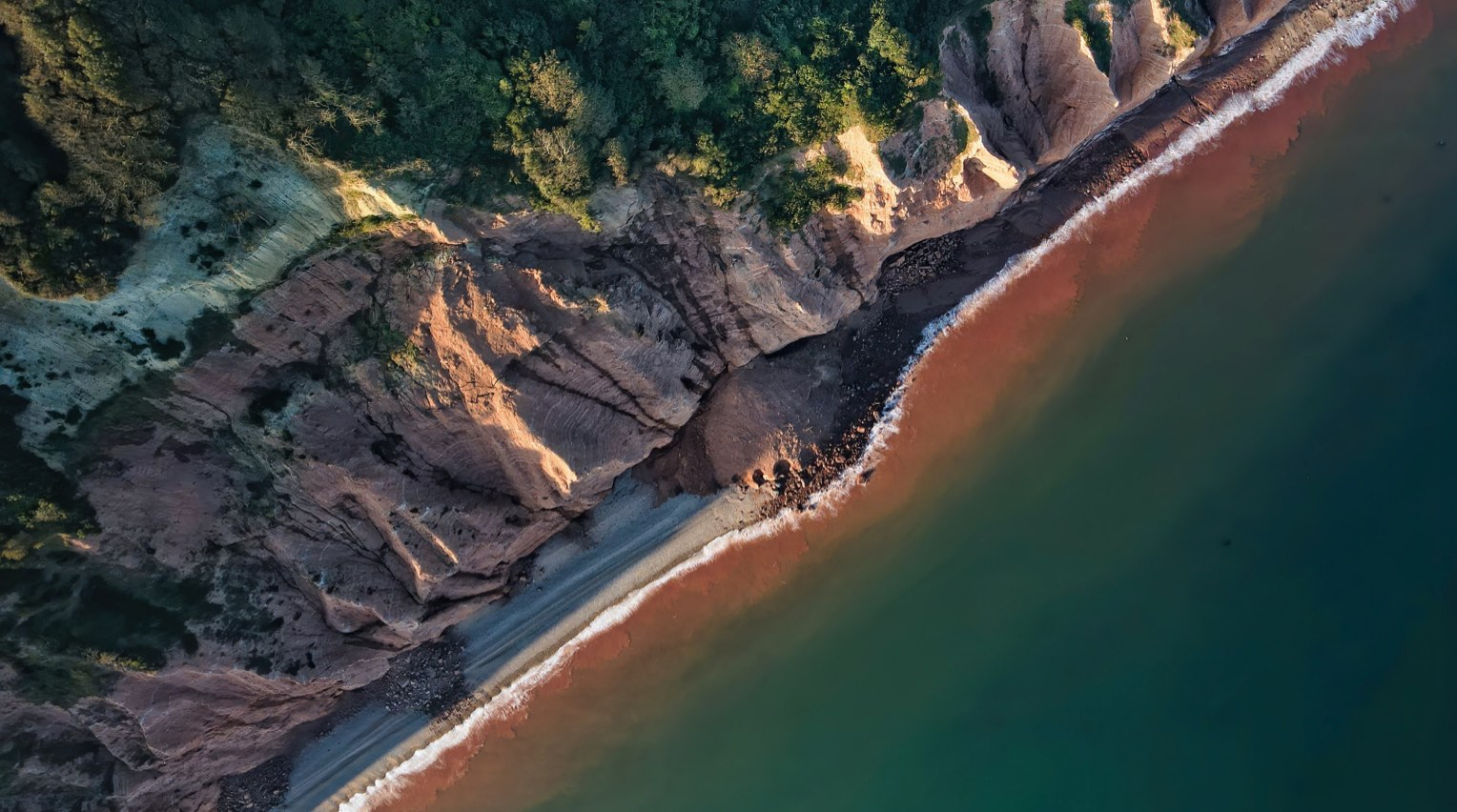
The series was built around the ethos of racing electric vehicles in remote environments in an effort to raise awareness for climate change issues and showcase the performance and benefits of low carbon vehicles. However, this crisis is not a problem which only affects remote locations. It is becoming increasingly noticeable in all environments, including alongside the UK’s Jurassic Coast, how rising sea levels due to the climate crisis are leading to coastal erosion and irreversible damage.
-
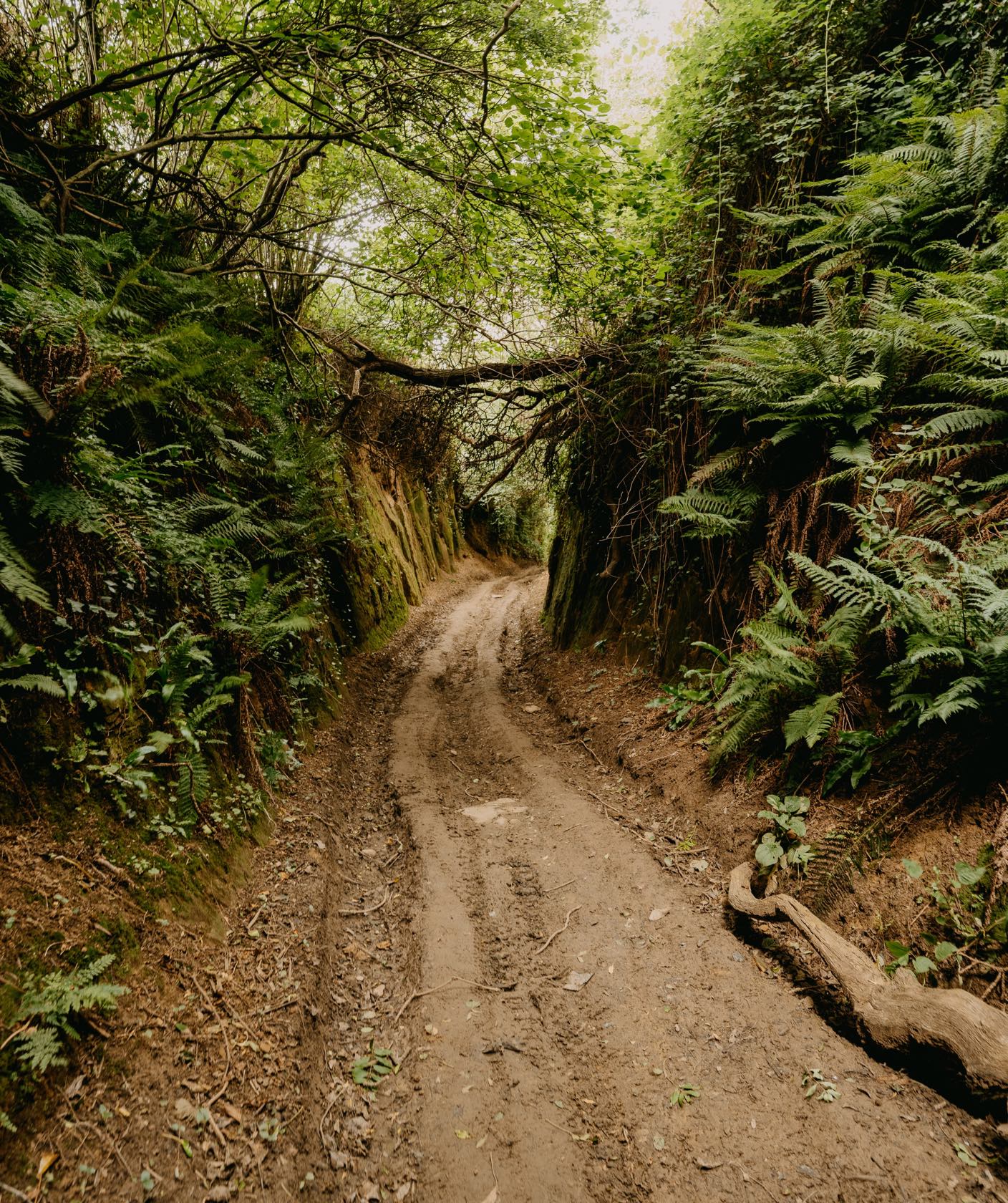
Bovington is a well-known British Army military base and sits just off the Jurassic Coastline. Extreme E is working closely with the British Ministry of Defence and Army which has recently revealed its climate change and sustainability strategy. The strategy combines the mitigation of environmental impact whilst maintaining military output. It aims to do this by reducing emissions and scaling up the transition to renewables, thus contributing to the UK’s aim to be net zero by 2050. Efforts have started already with the Army piloting electric armoured vehicles and carbon efficient accommodation.
-
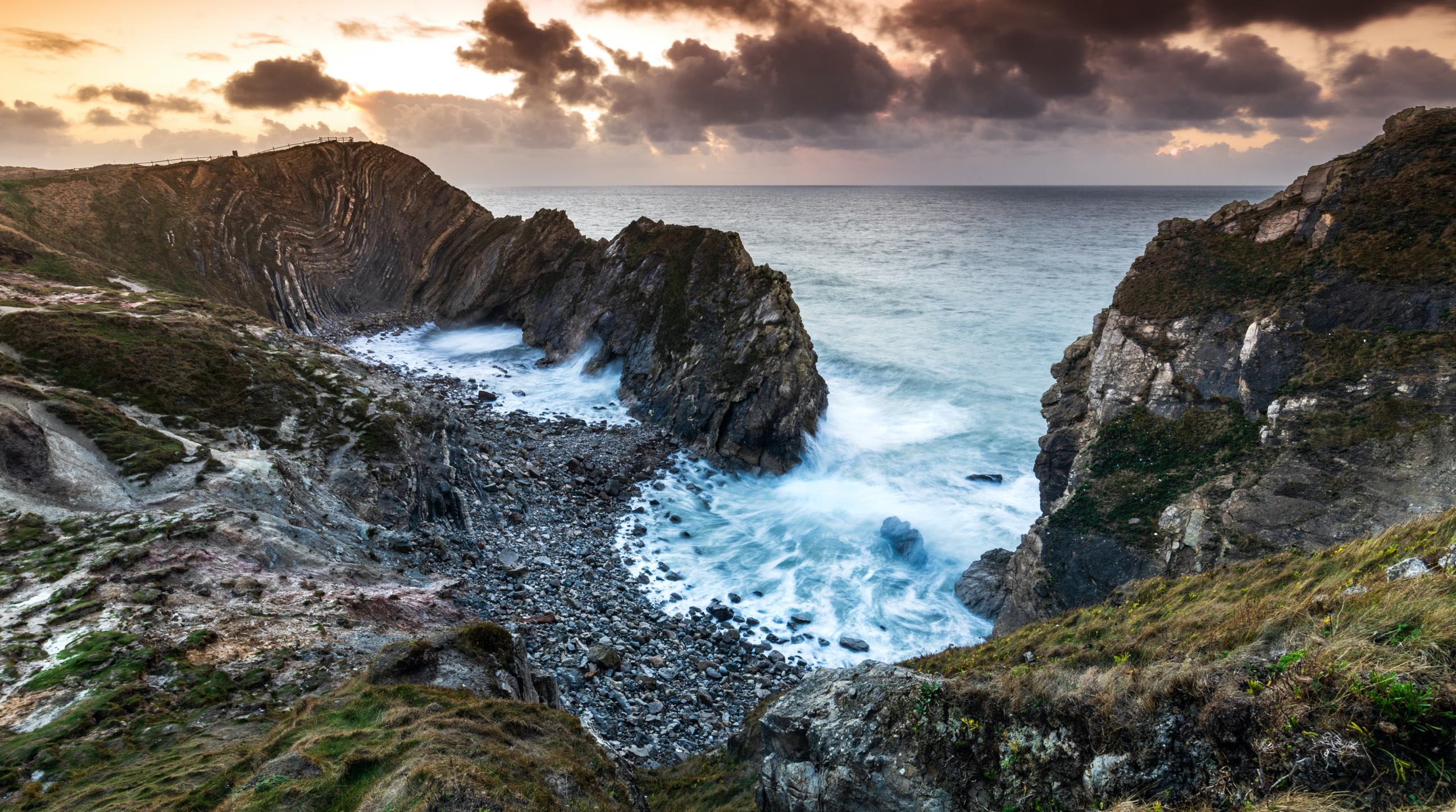
local environment
Extreme E will continue with its Legacy Programme format which aims to leave long-lasting positive impact in each country in which it races, with exact details to be revealed in the weeks leading up to the end of year event. Not only that, the thought leadership workshops are set to continue, and will be available to view online after the event.
population 426,516
timezone utc +1
-
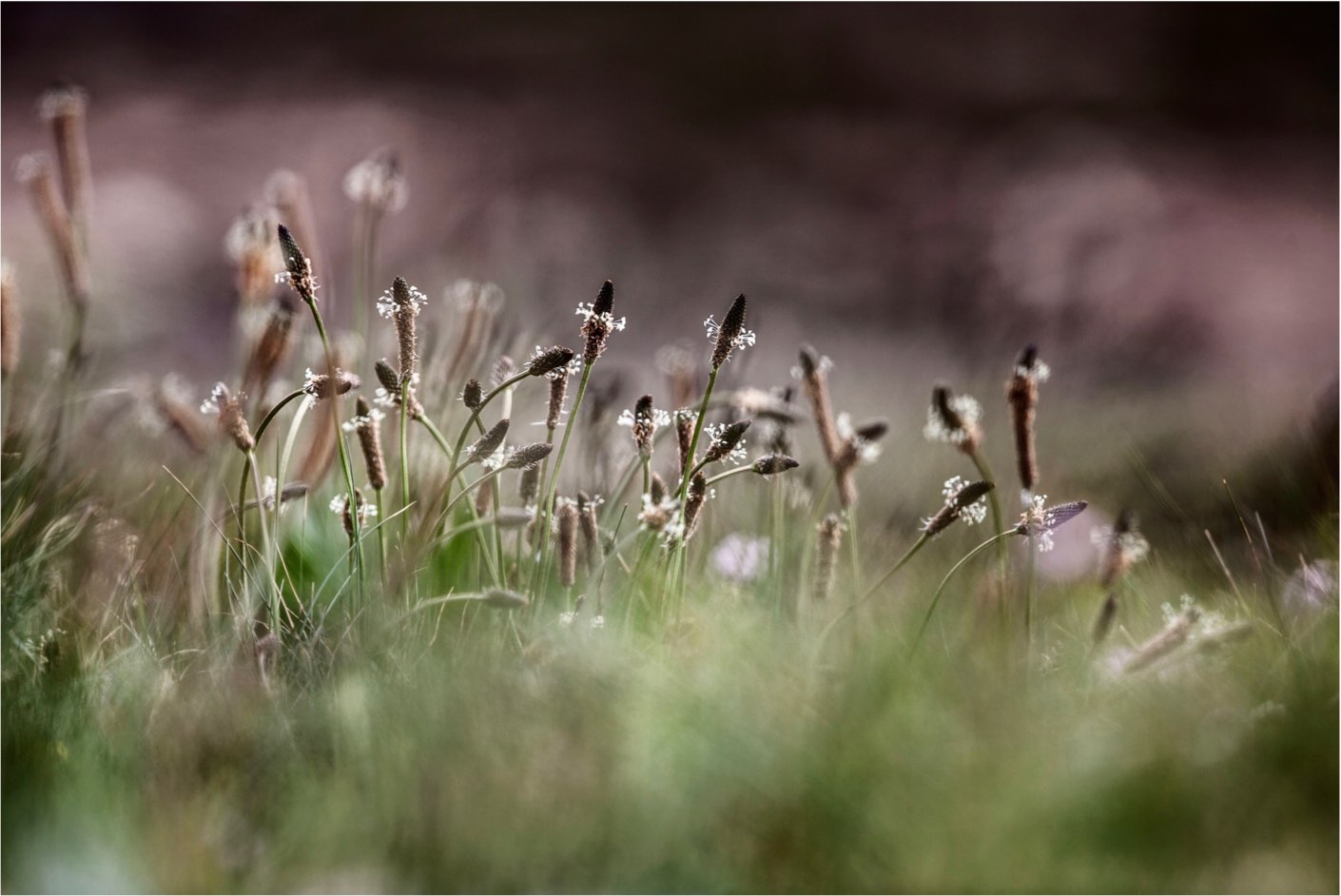
The Problem
Biodiversity and well-functioning ecosystems are critical for human existence, economic prosperity, and a good quality of life. And yet, biodiversity is currently declining at a faster rate than at any time in human history.
The UK is one of the most nature-depleted countries in the world, sitting in the bottom 10 per cent globally and last among the G7 group of nations. Only 50.3 per cent of biodiversity remains in the UK, with 15 per cent of the species remaining said to be threatened with extinction.
-
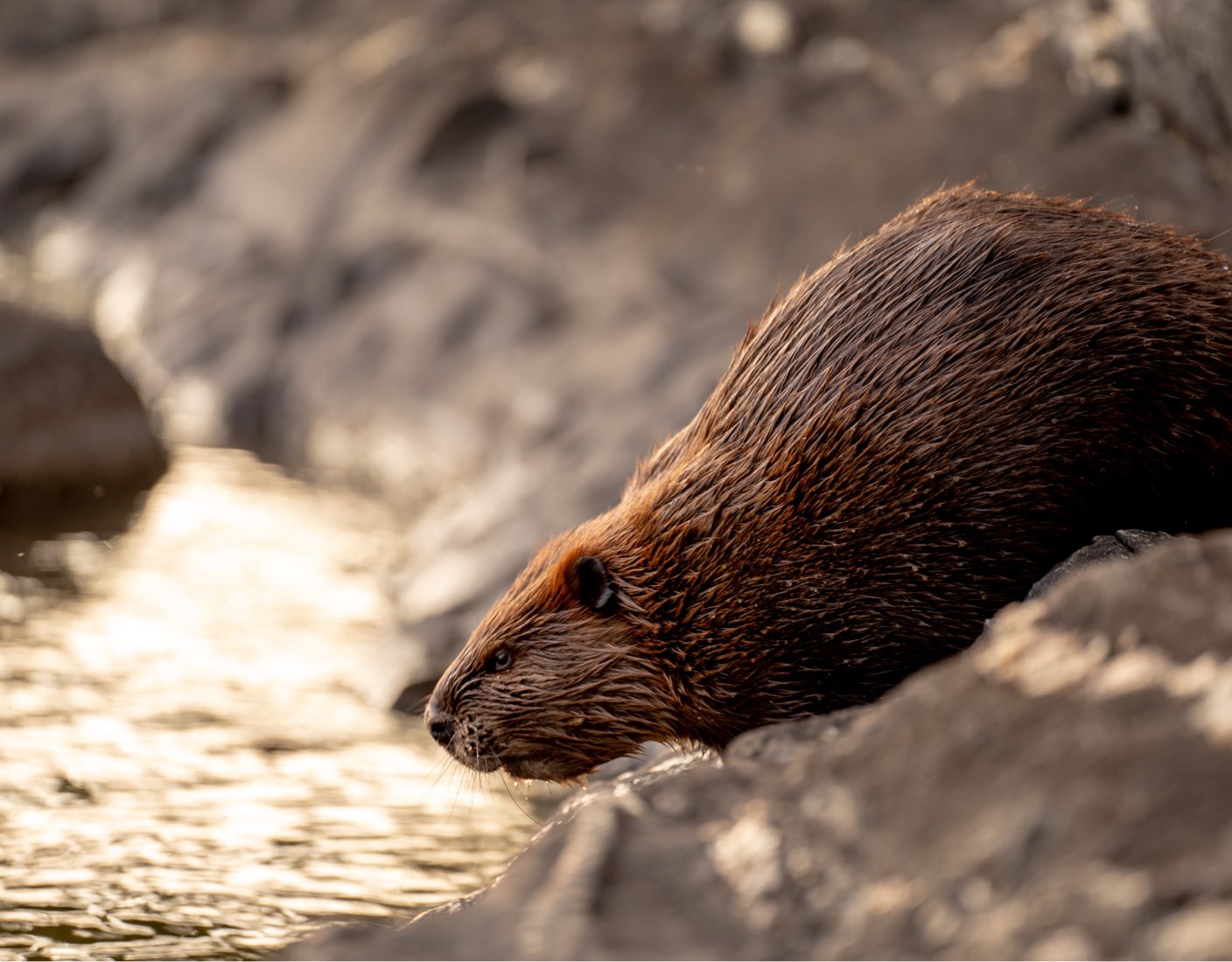
Extreme e legacy
Extreme E is supporting the National Trust for its Dorset Legacy Programme in an effort to improve biodiversity in the UK. The project itself centres around beavers that are nature’s water engineers.
In 2022, The National Trust is hoping to reintroduce beavers to Purbeck, in the wetlands at the heart of the Studland’s dune system. This is just one of a number of projects across the reserve aimed to restore natural ecological processes and help this already special landscape become even richer in nature and more resilient to future threats such as climate change.
Once introduced the beavers would open hundreds of hectares of wetlands that have been in ecological decline for decades, improving water quality and restoring freshwater fen and pool habitats for other wildlife.
Extreme E’s support would enable the National Trust to install protective measures to ensure the beavers do not negatively impact local people, businesses or farmers, and to carry out engagement programmes with the local community.
